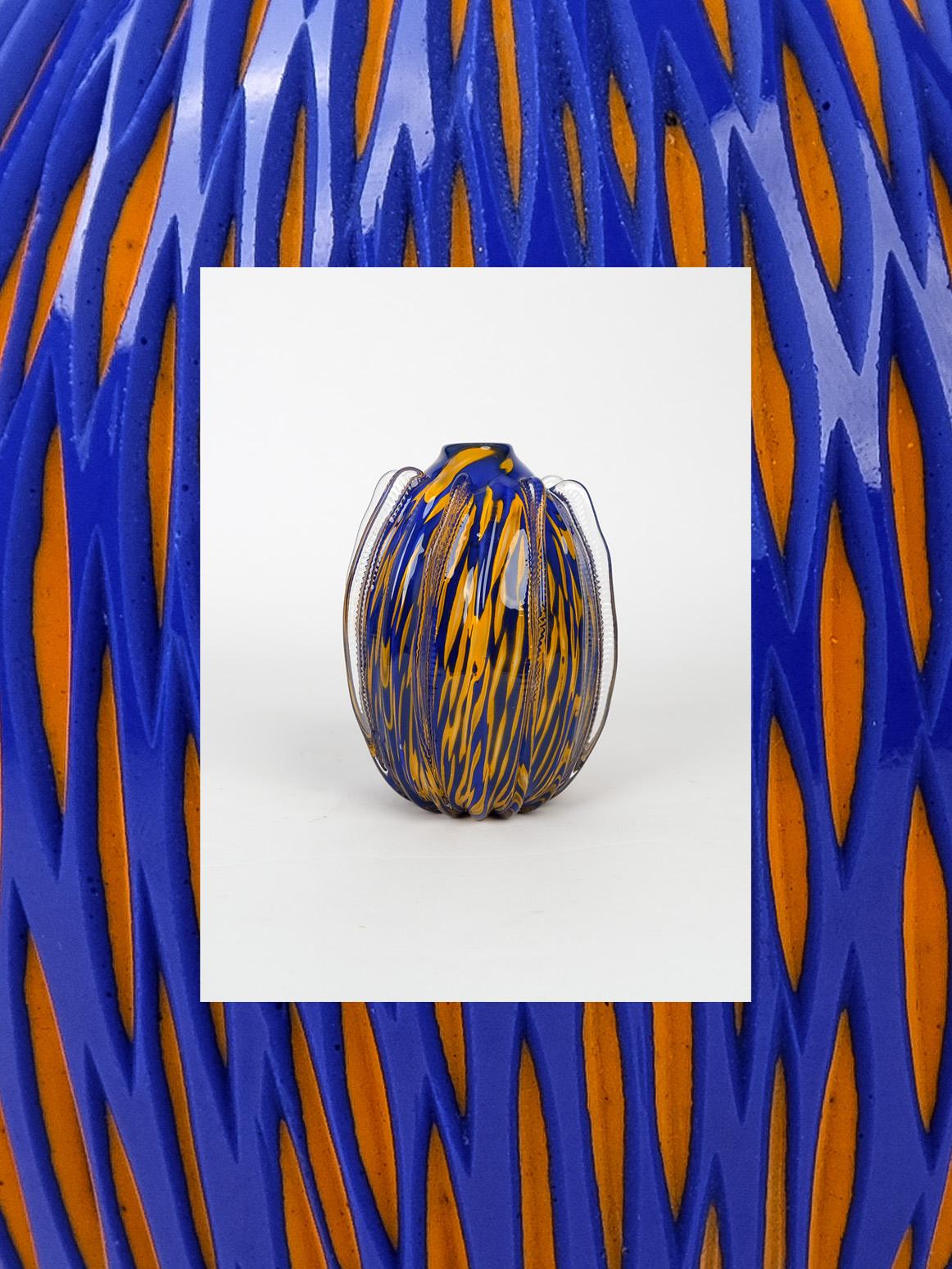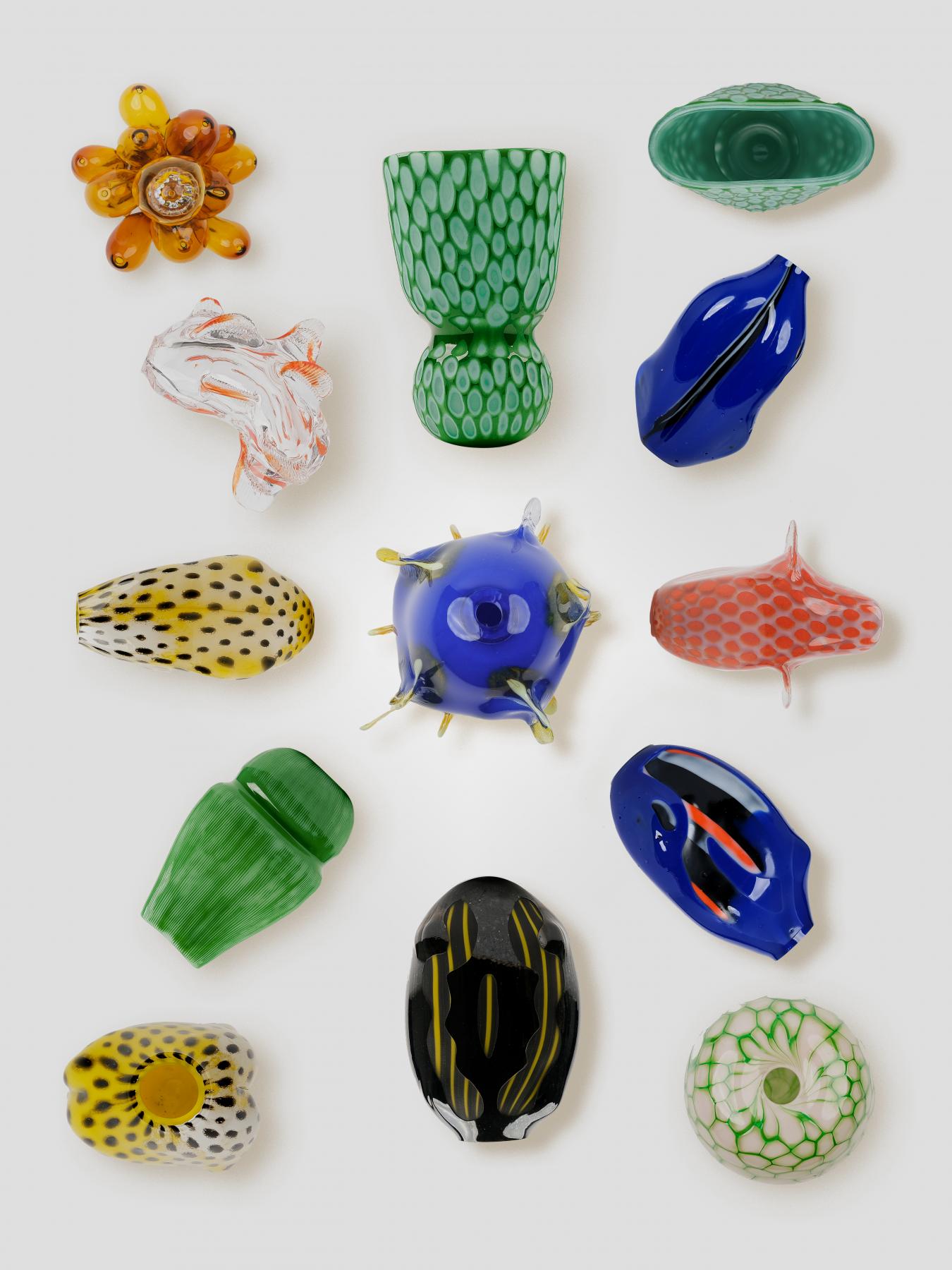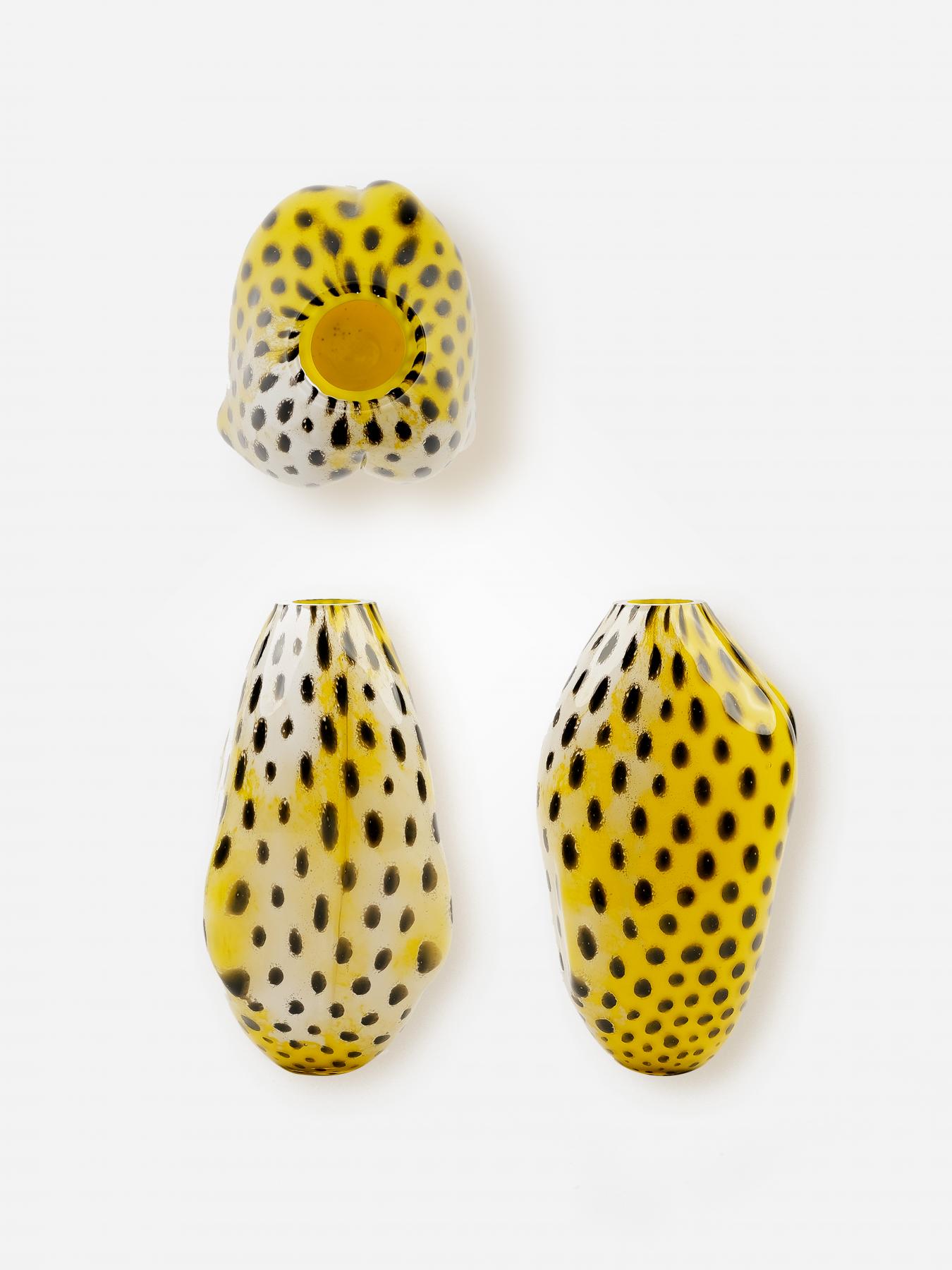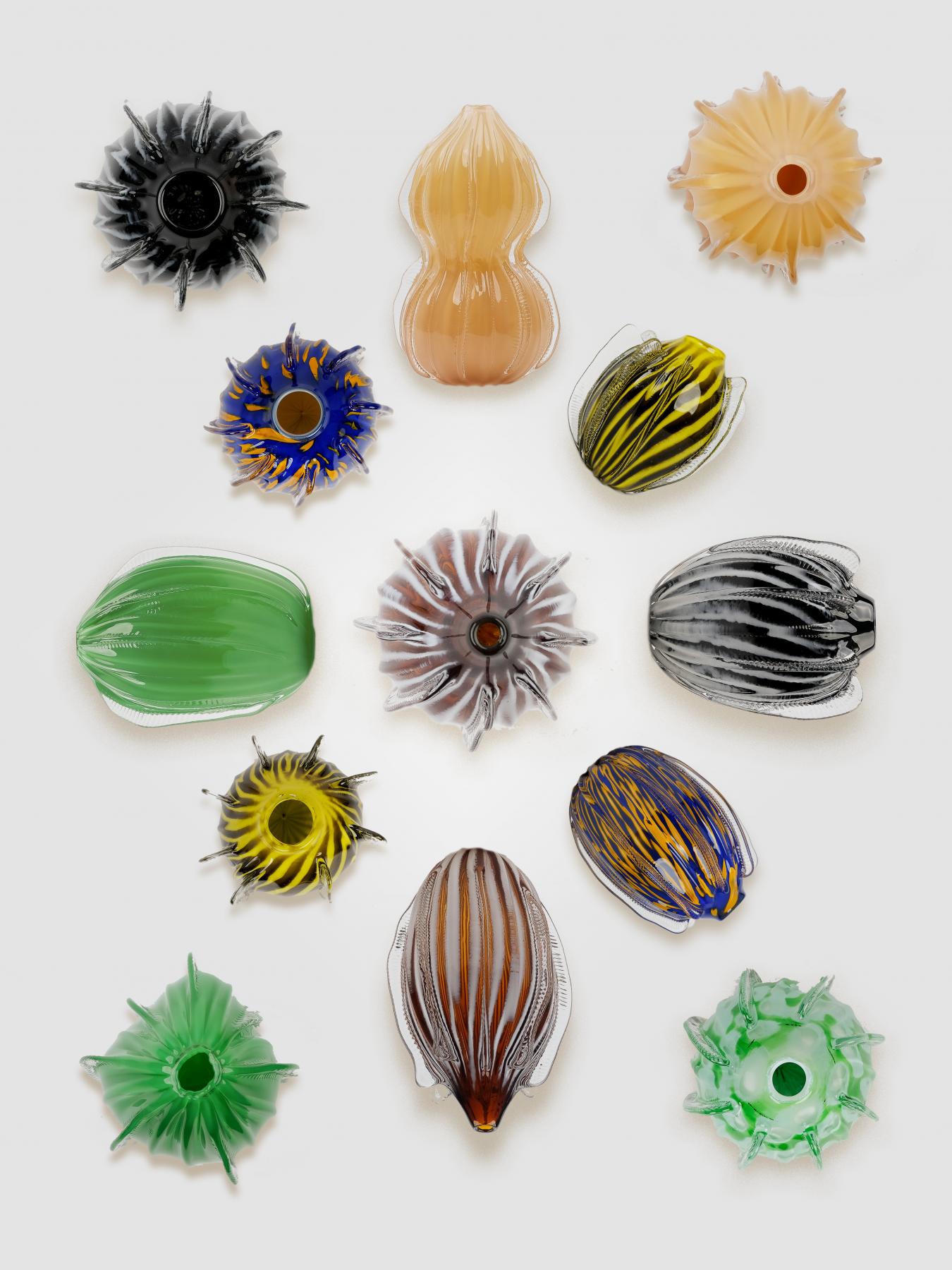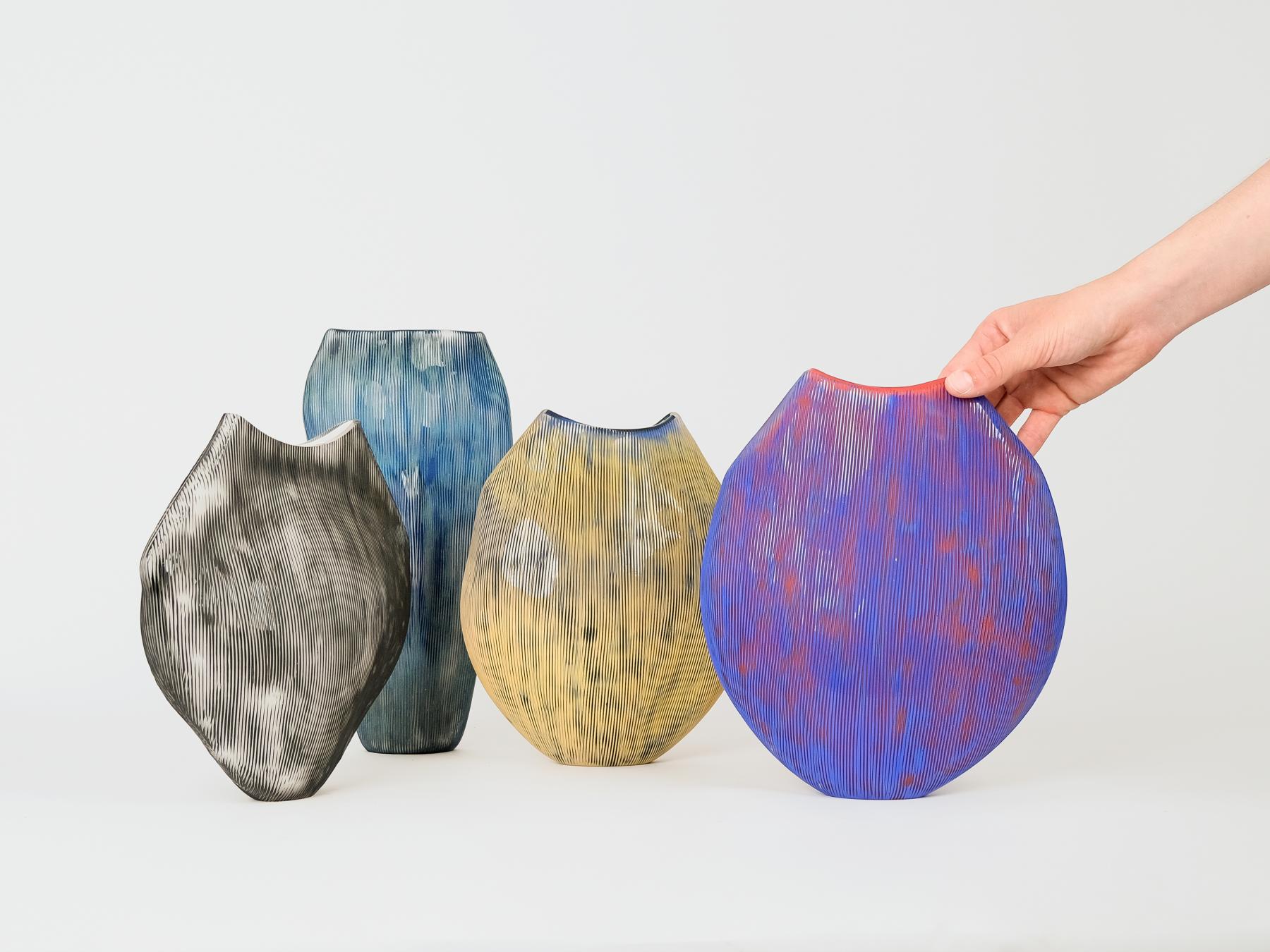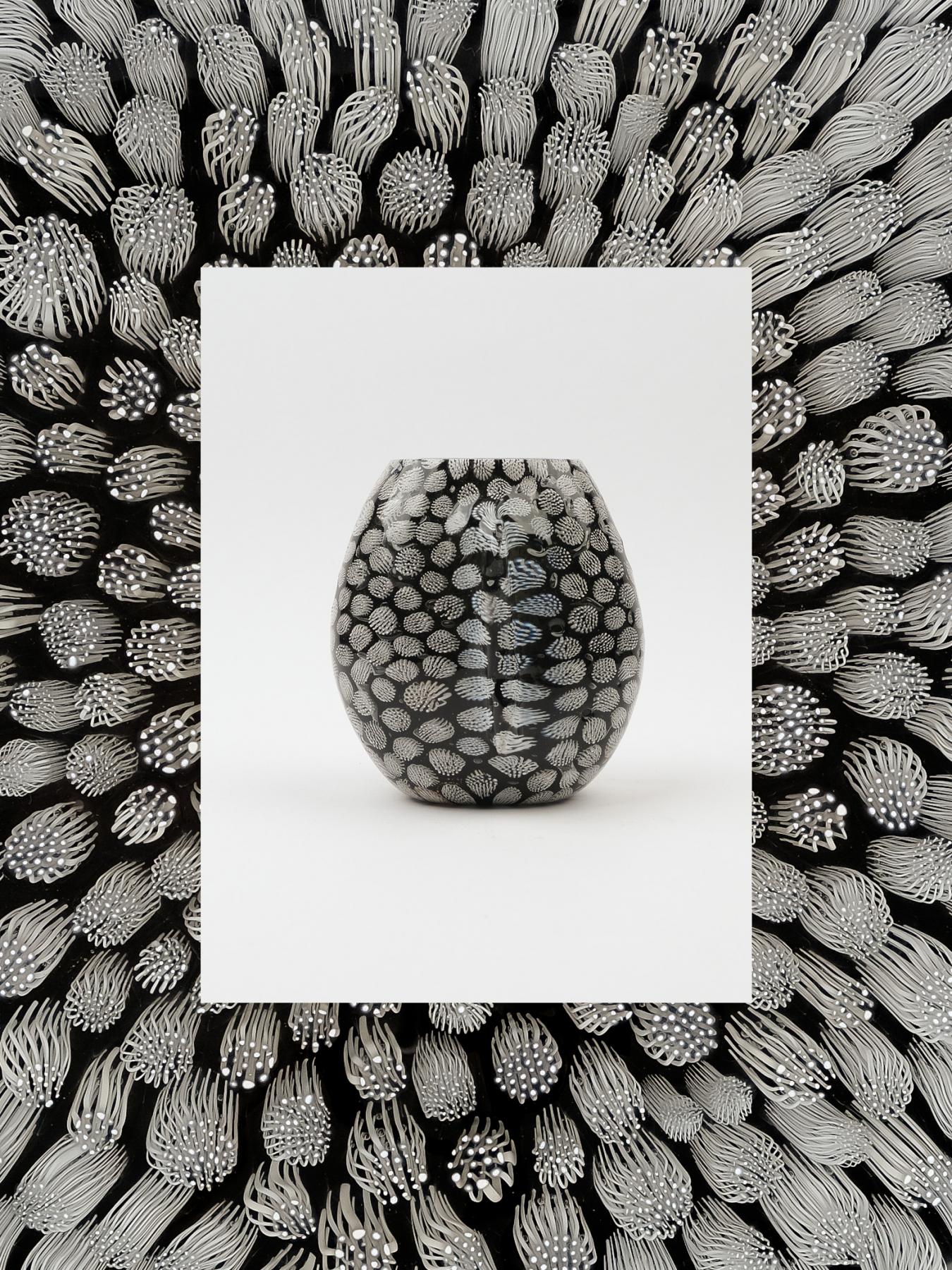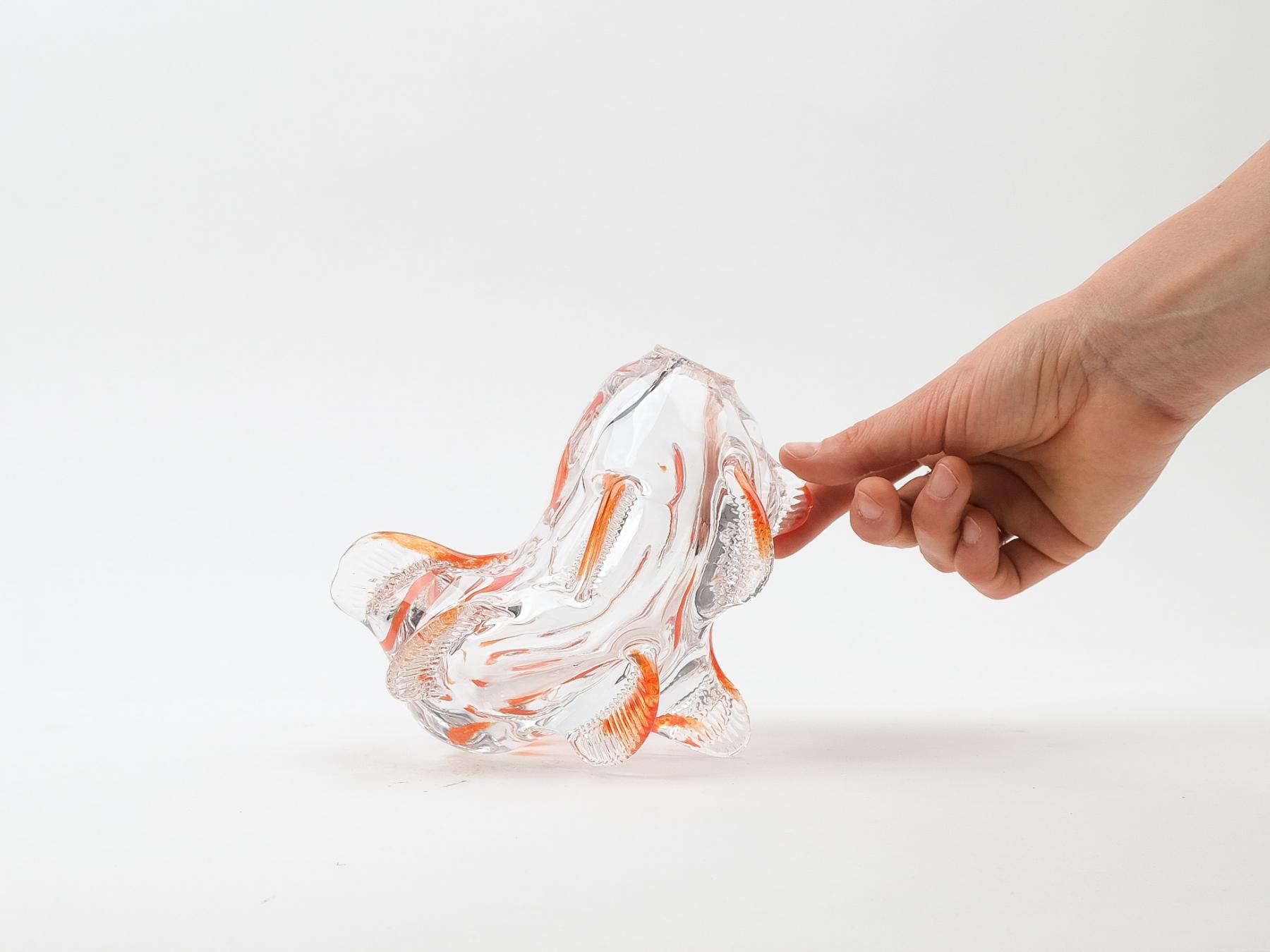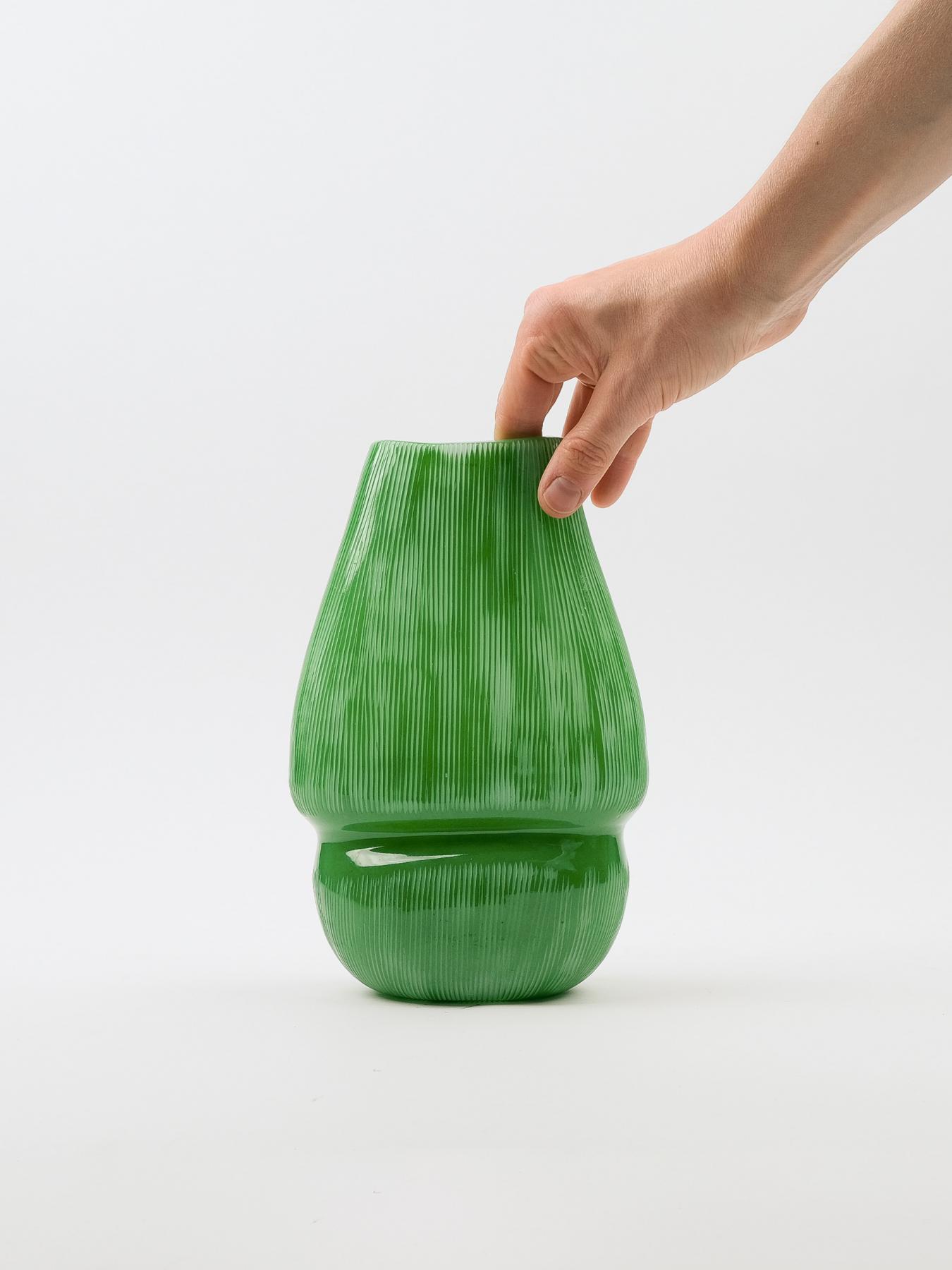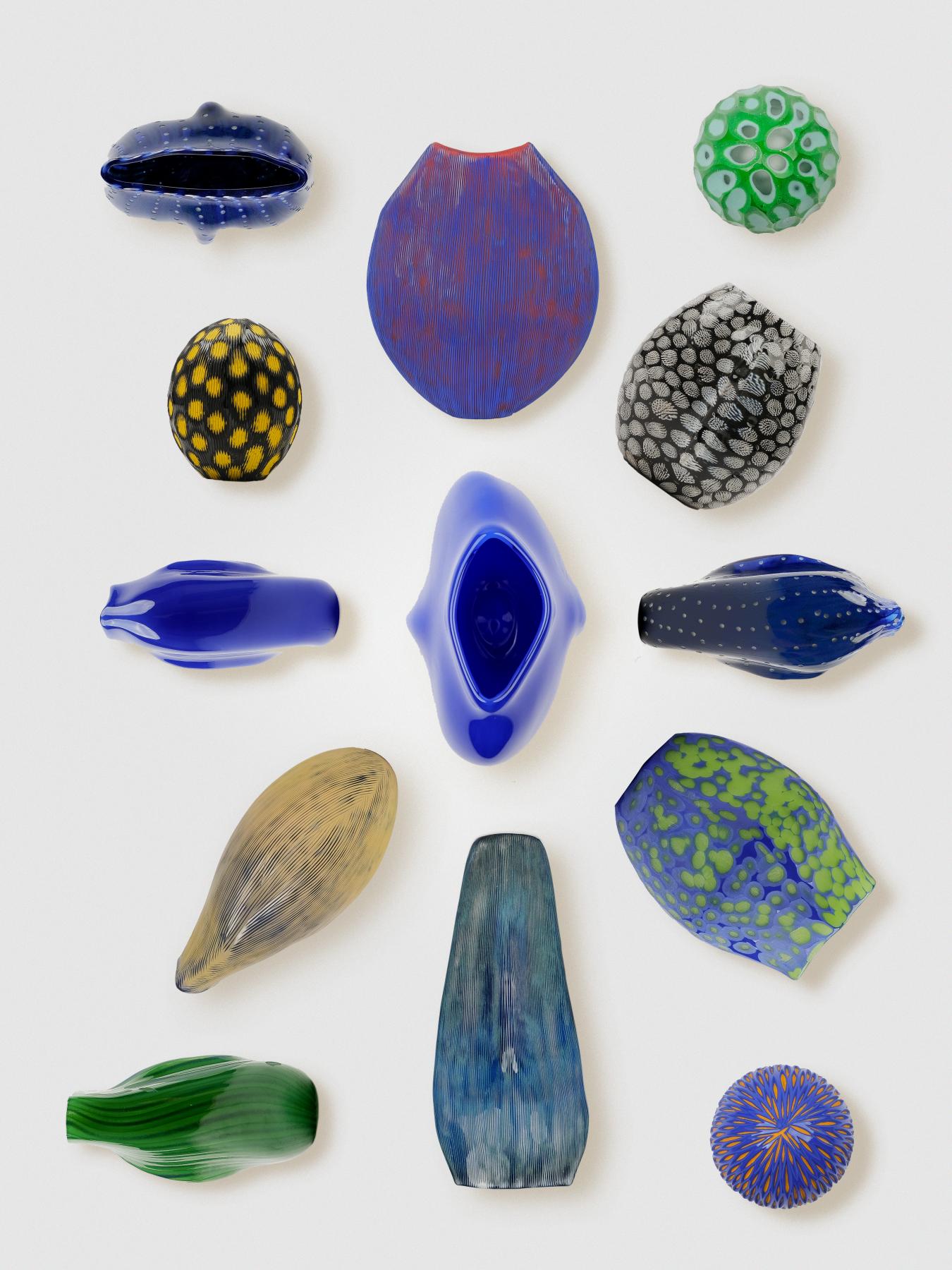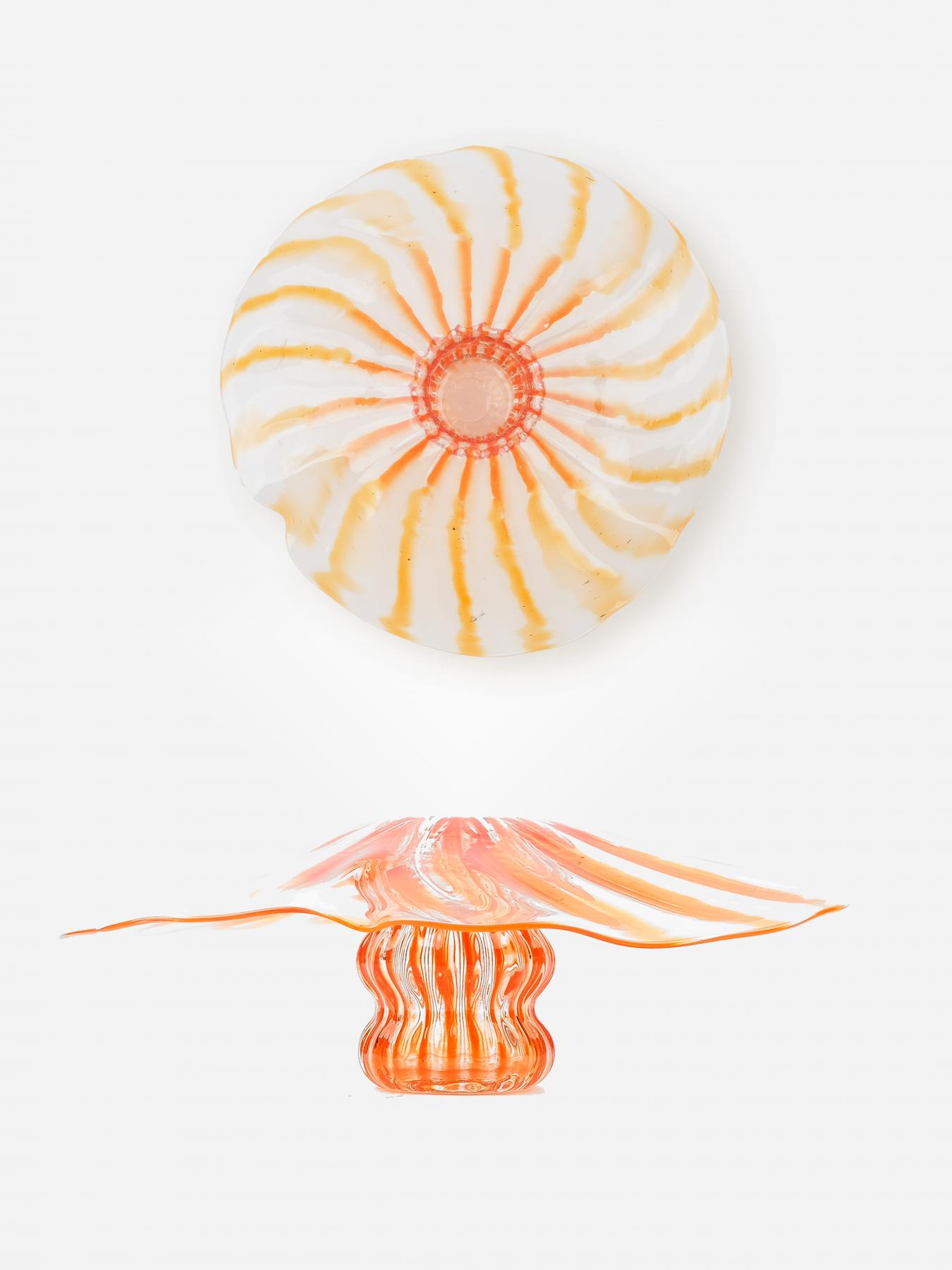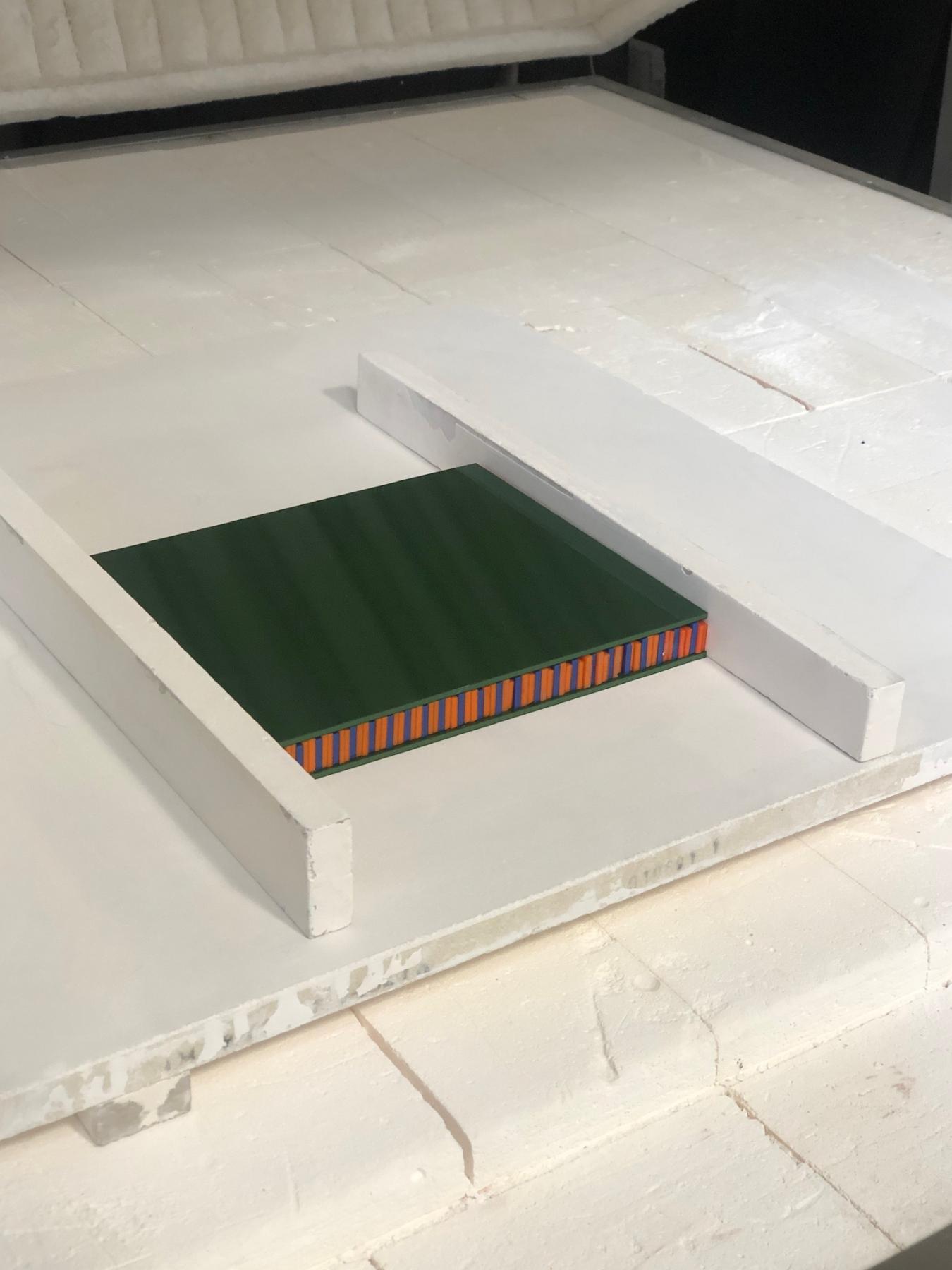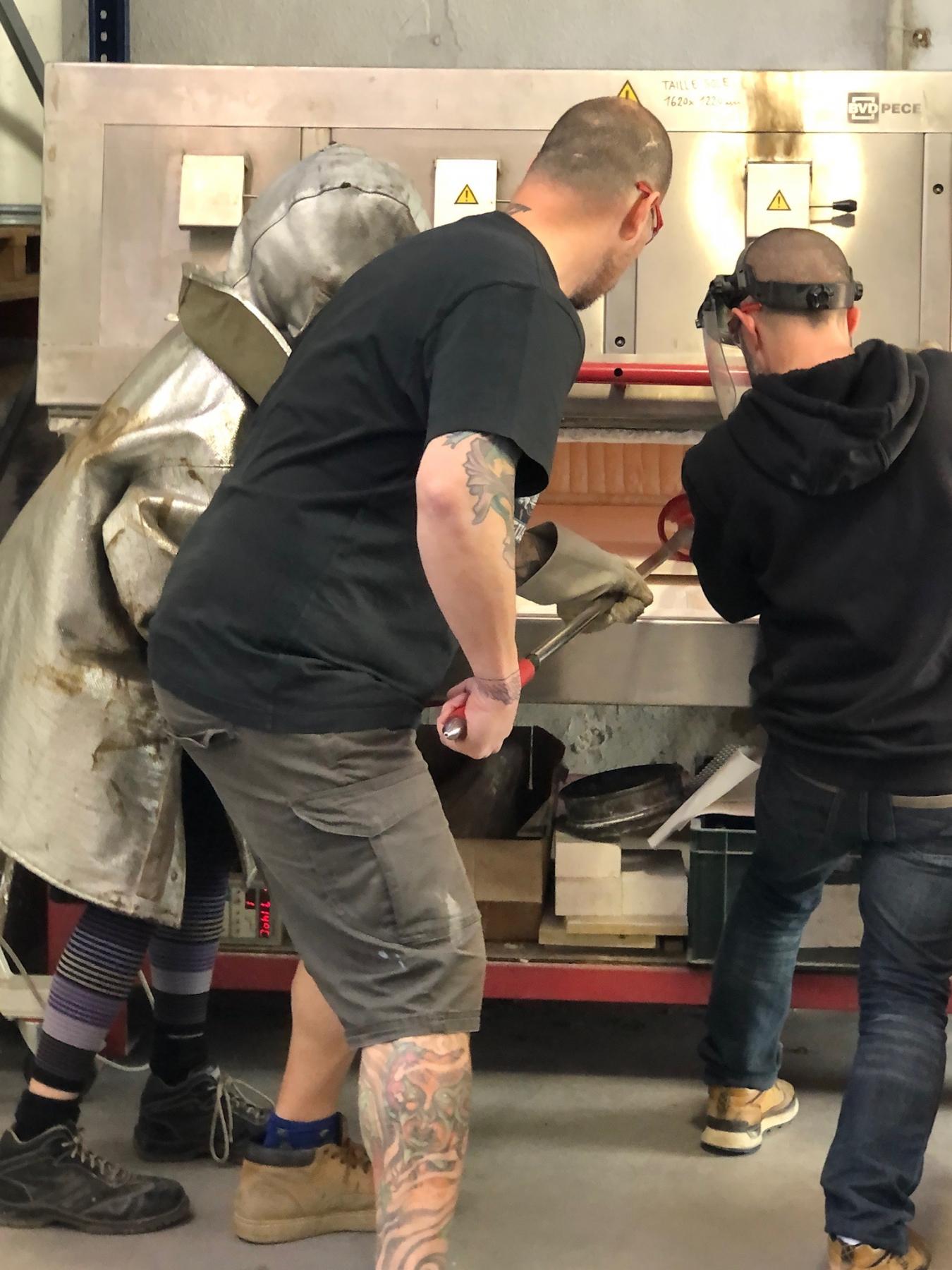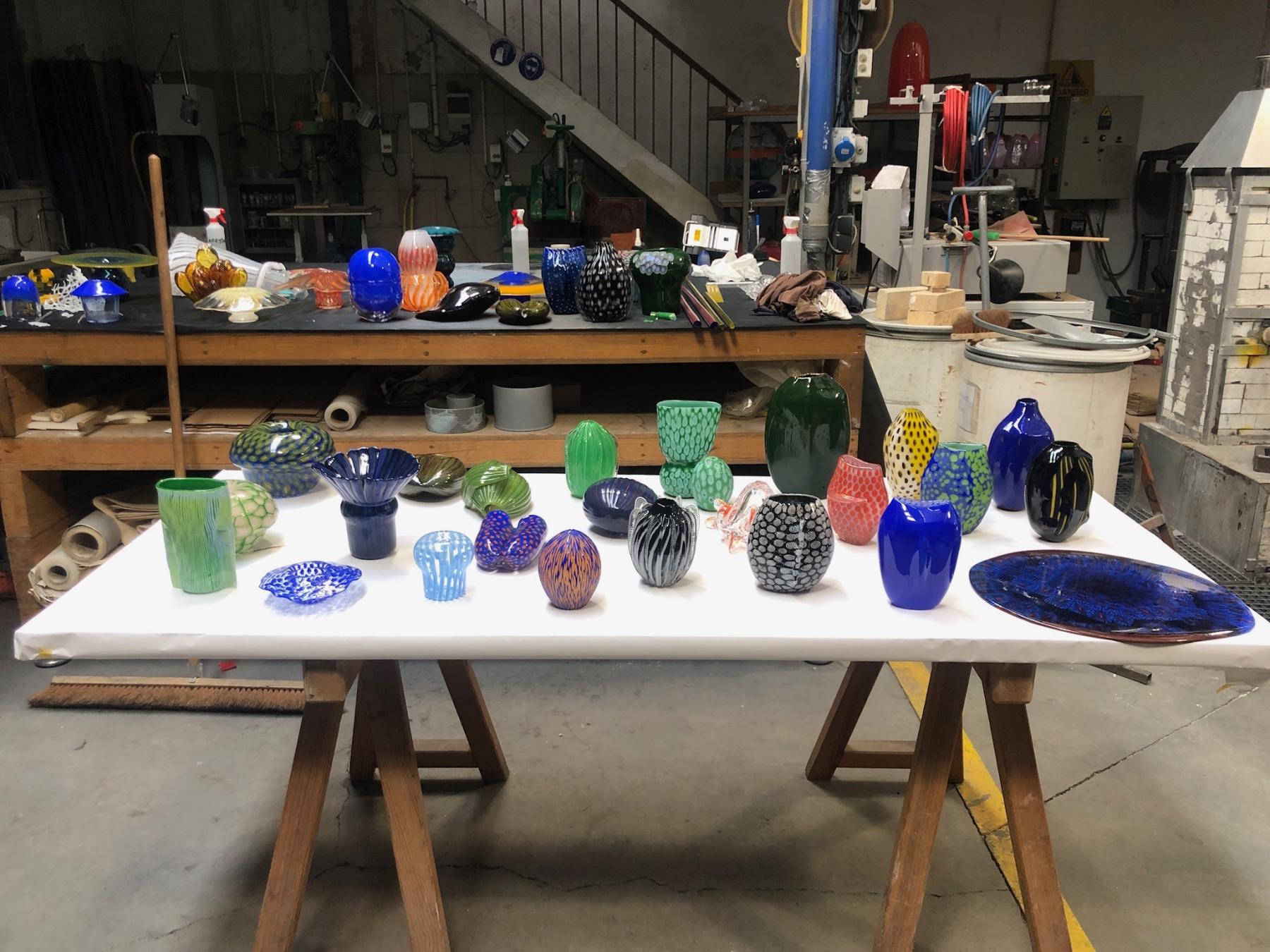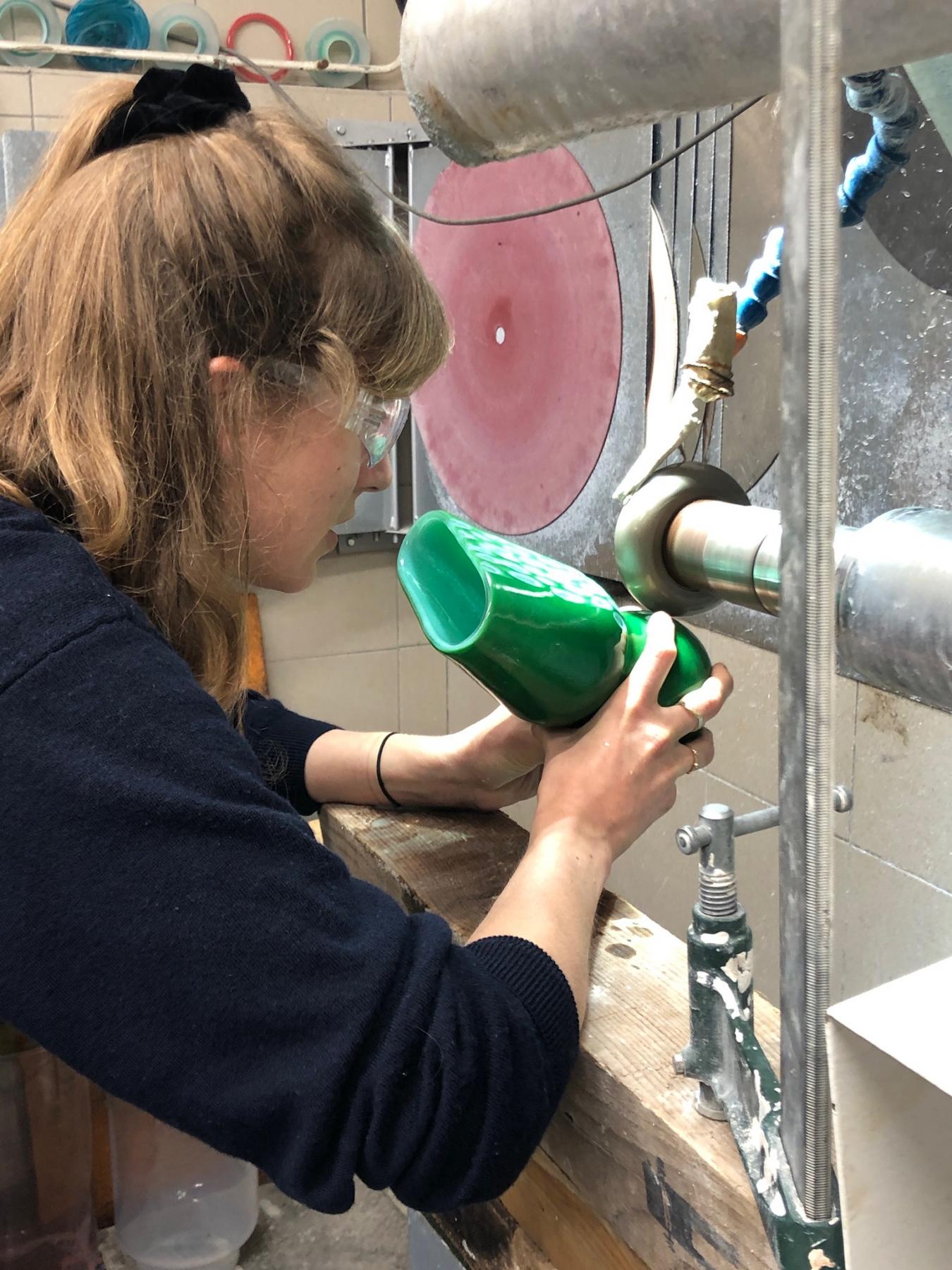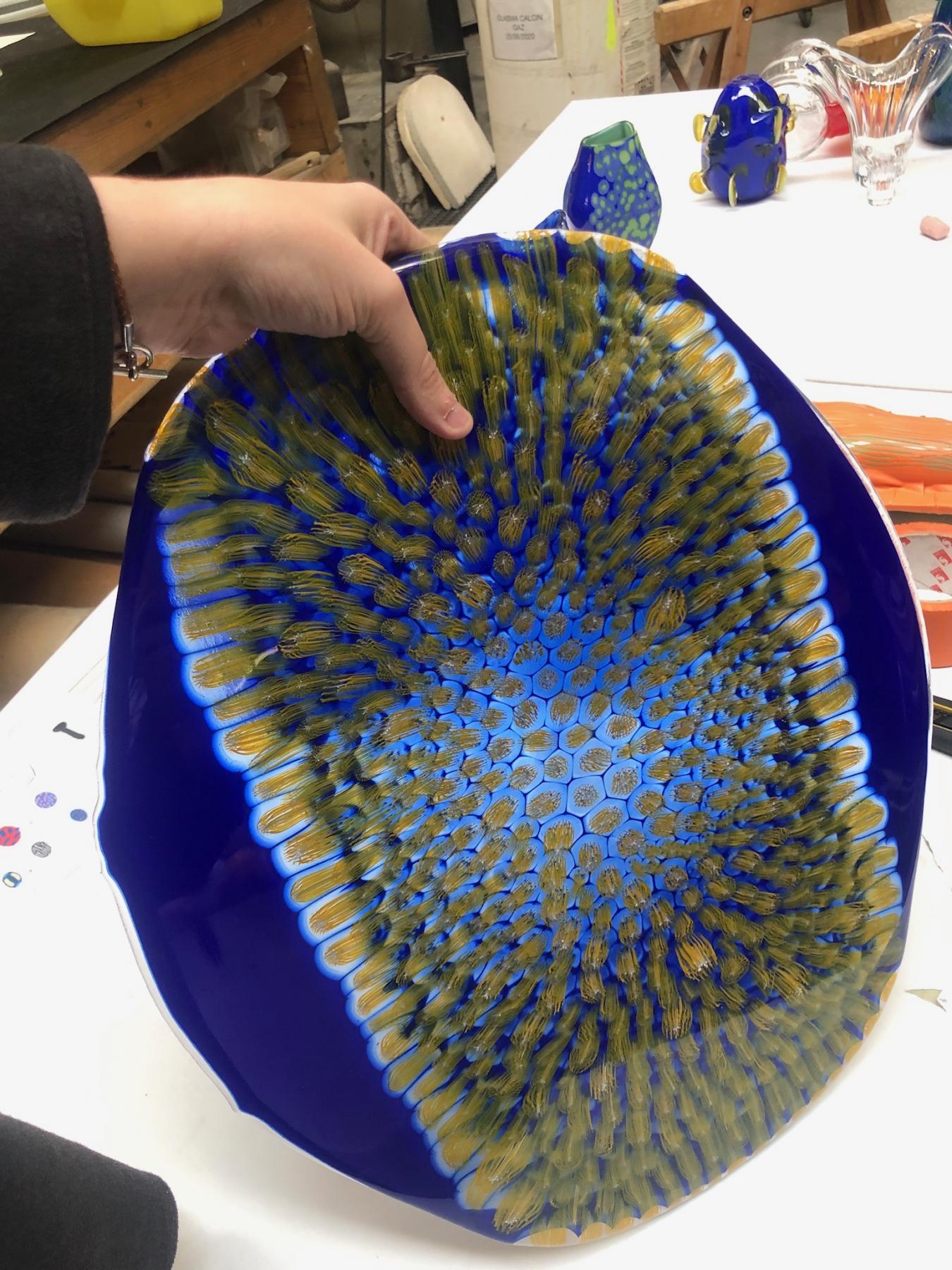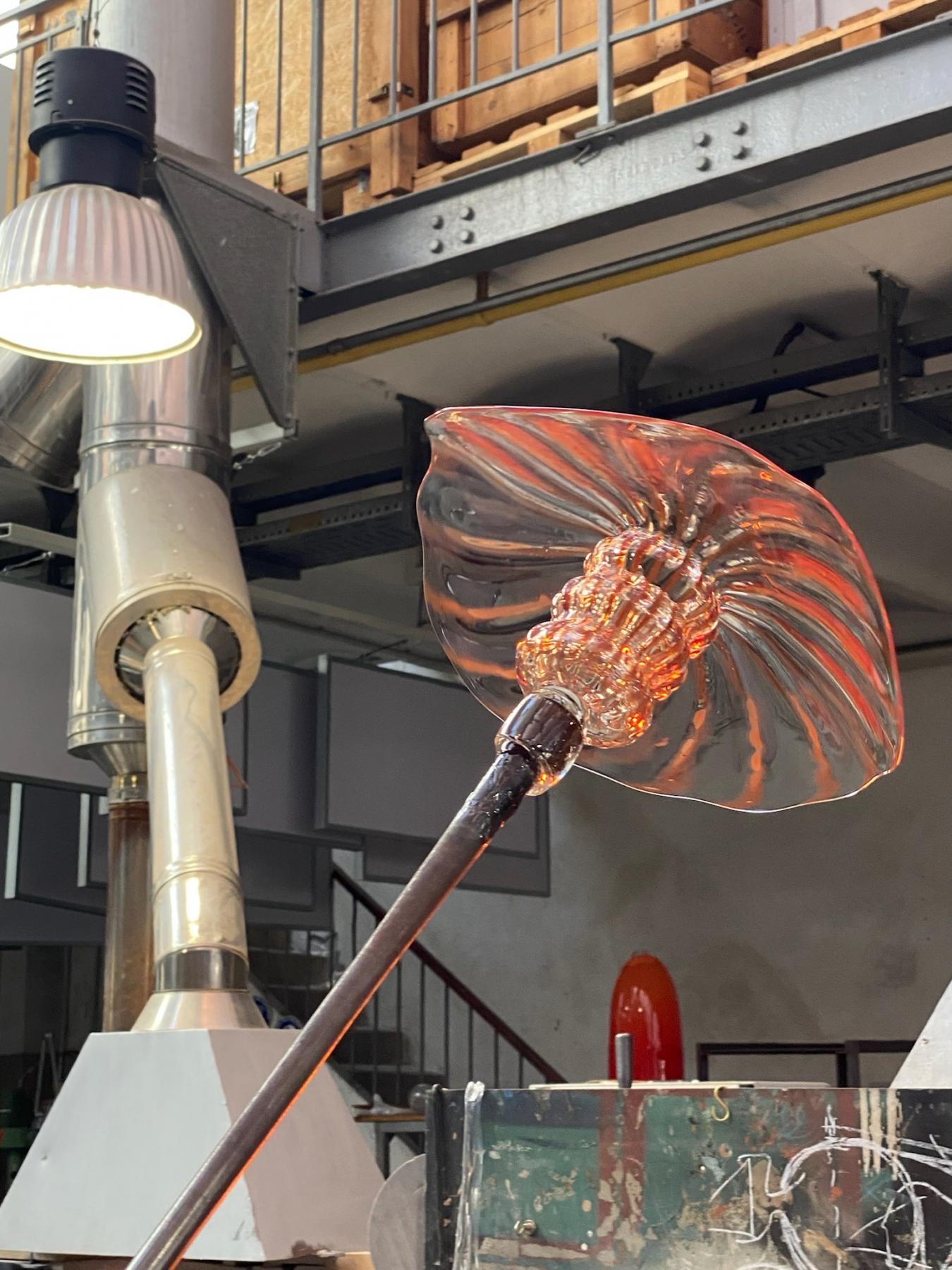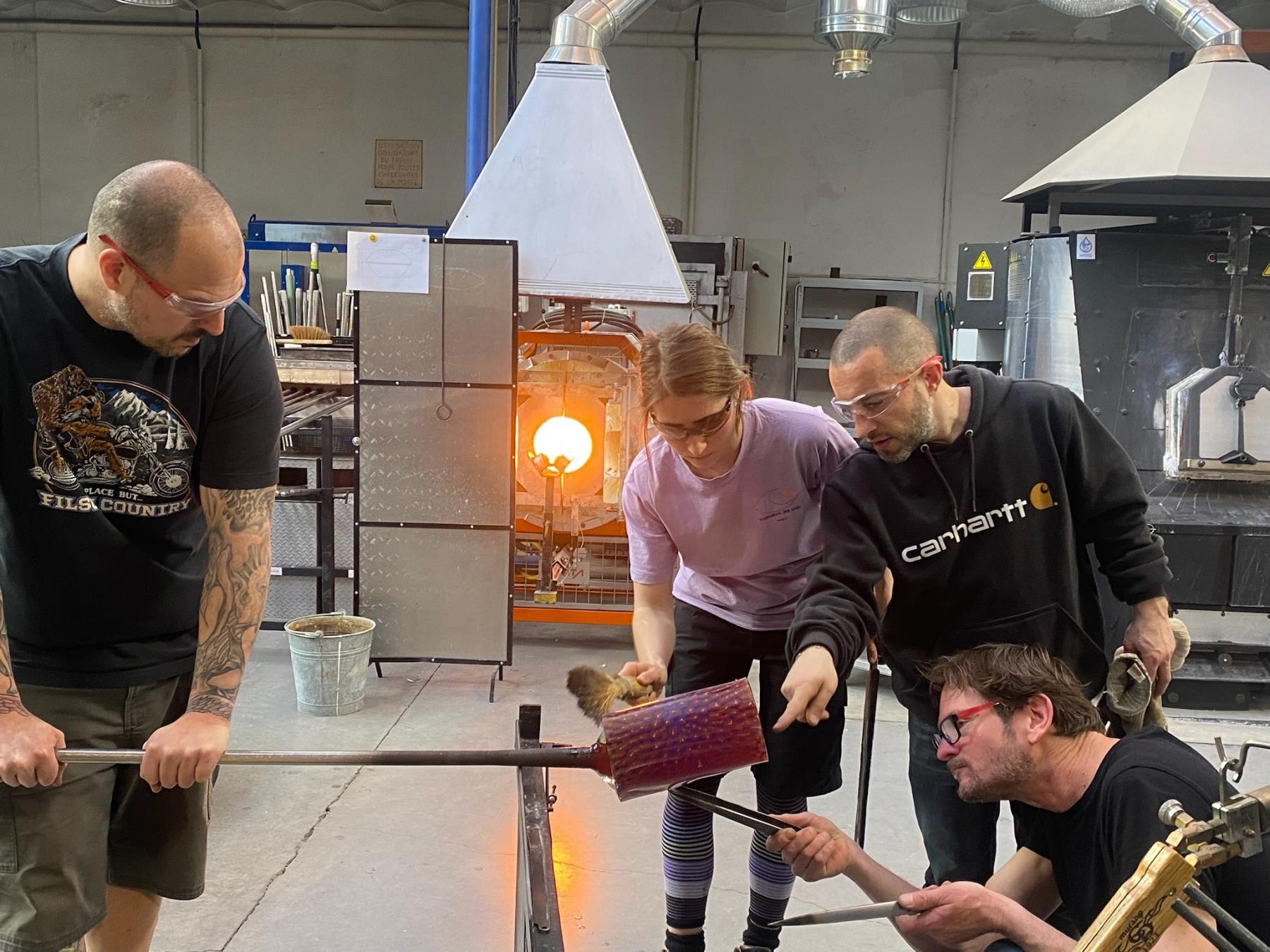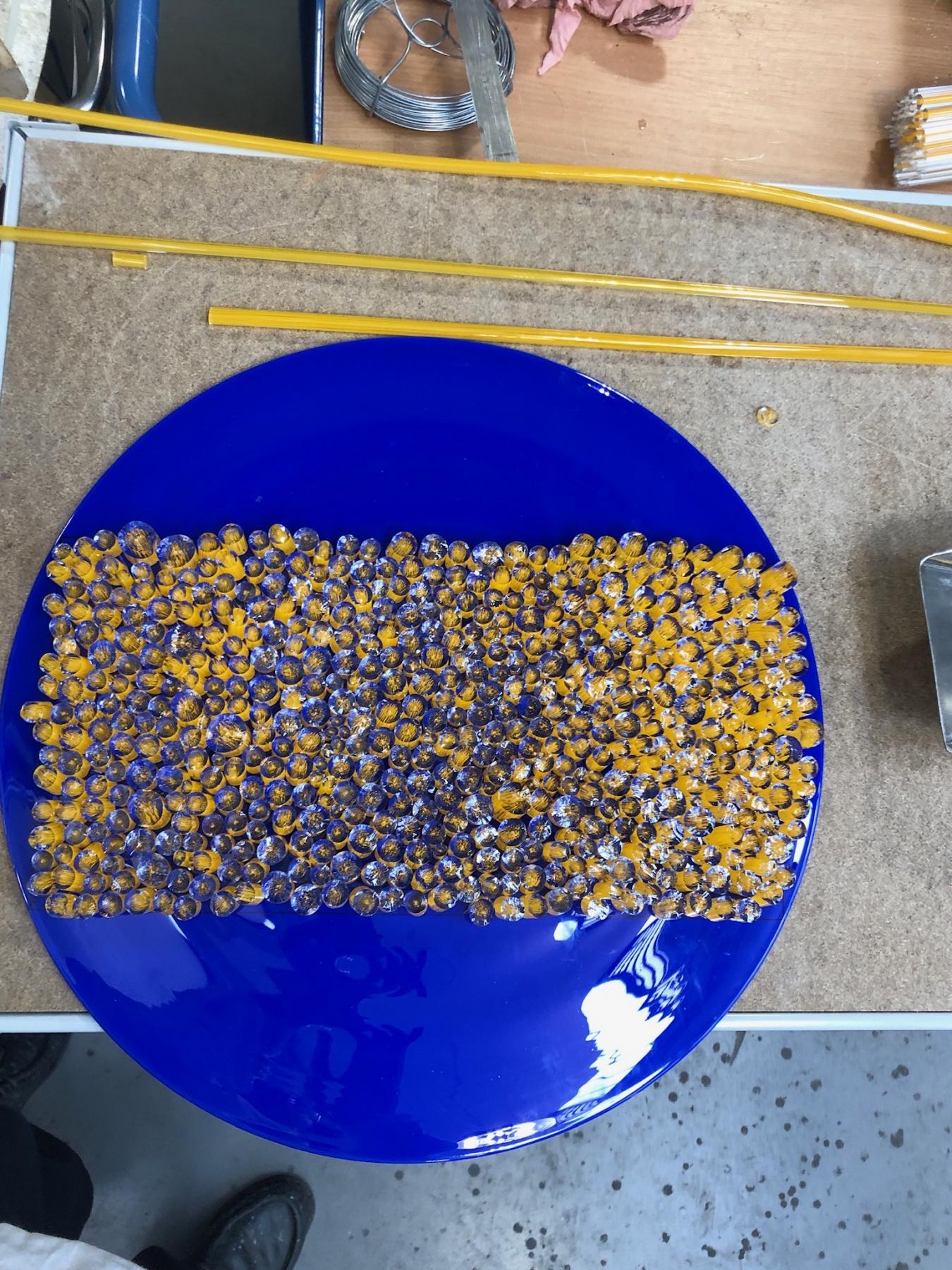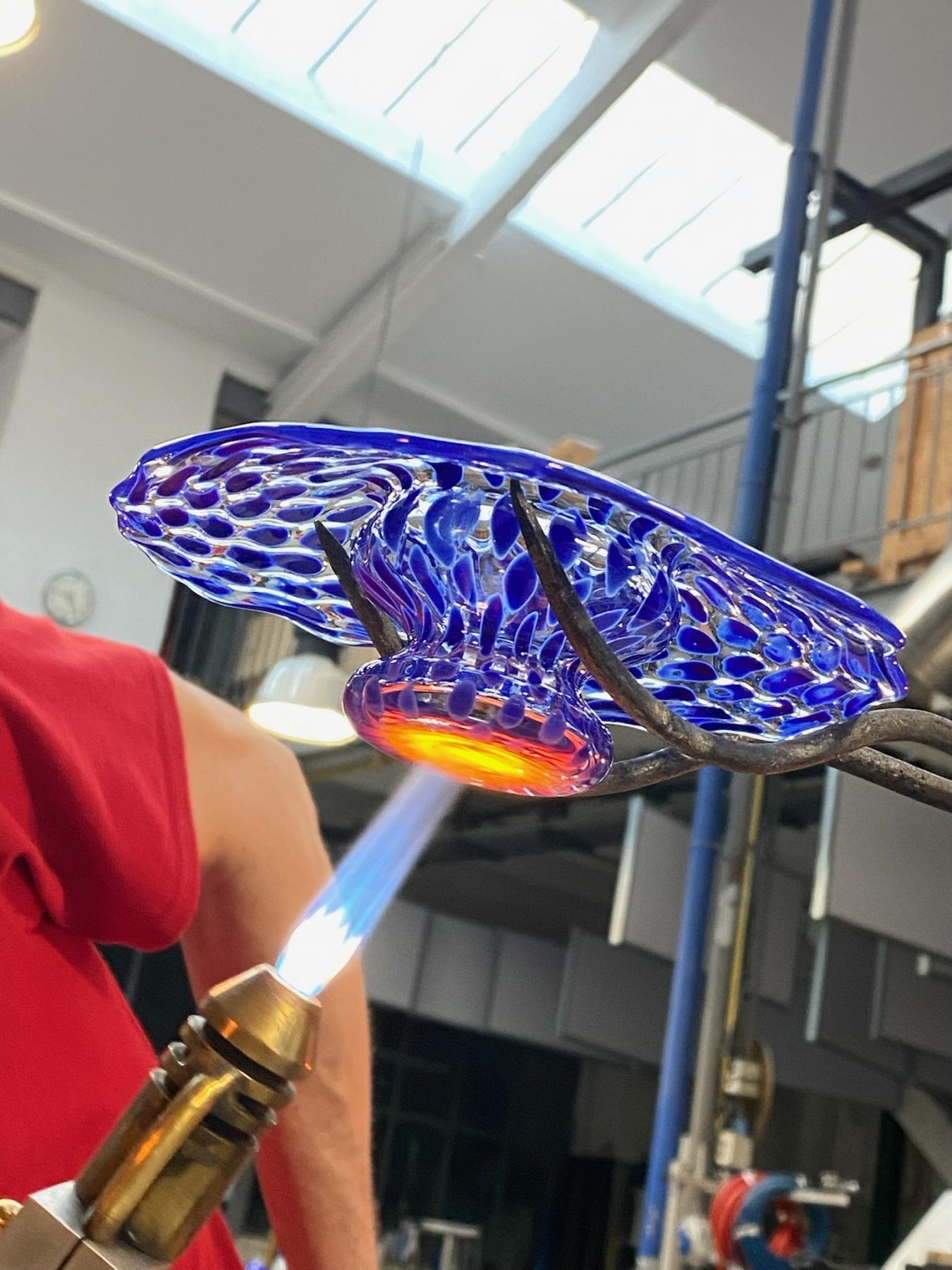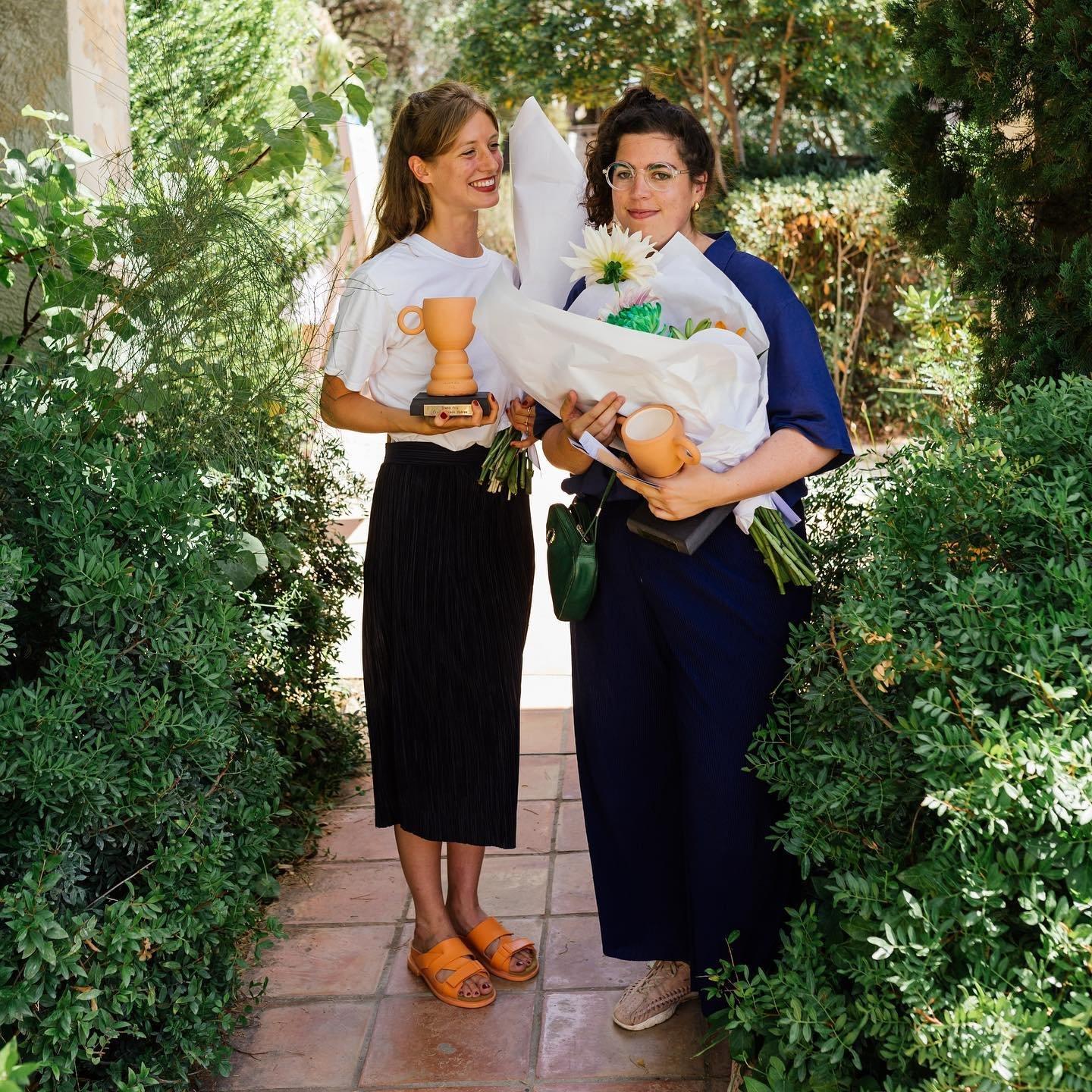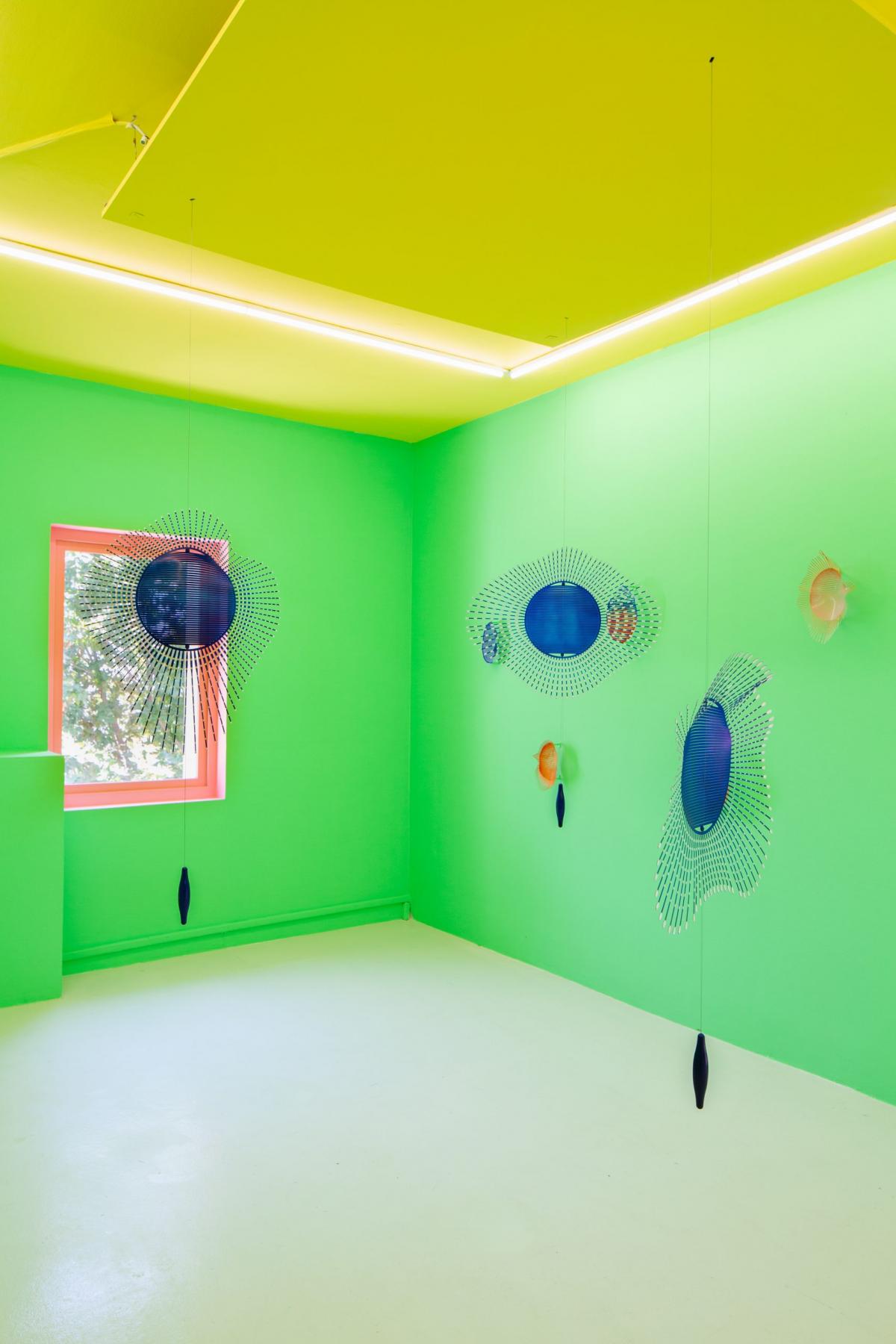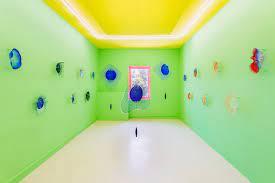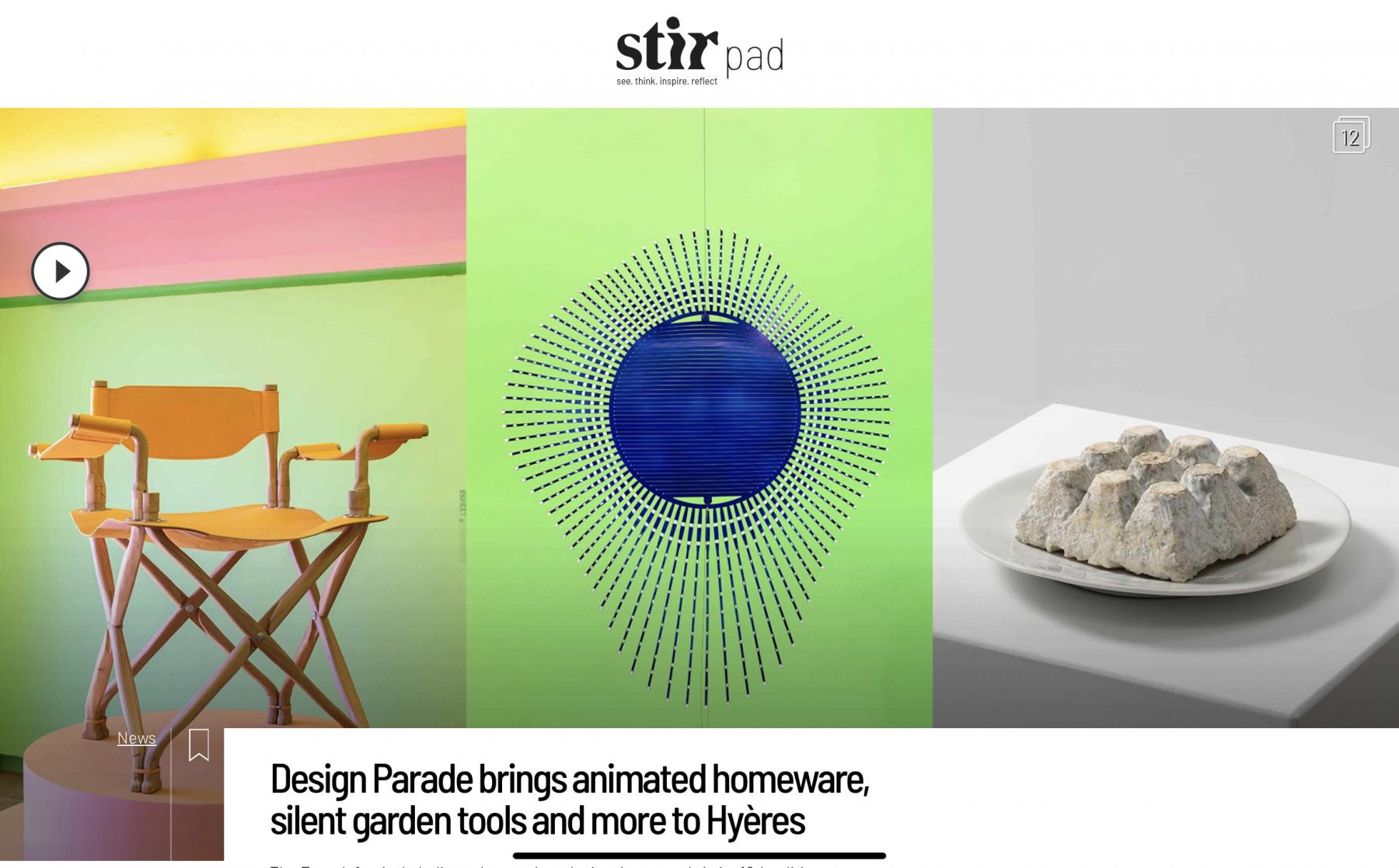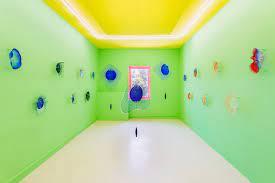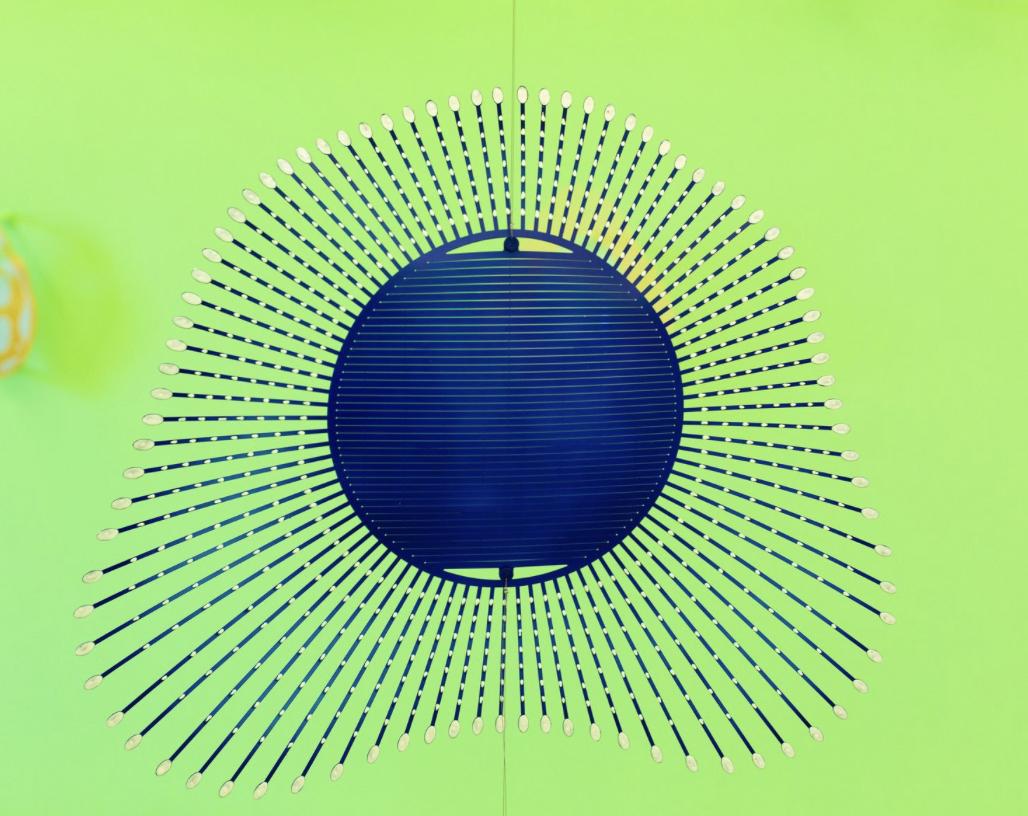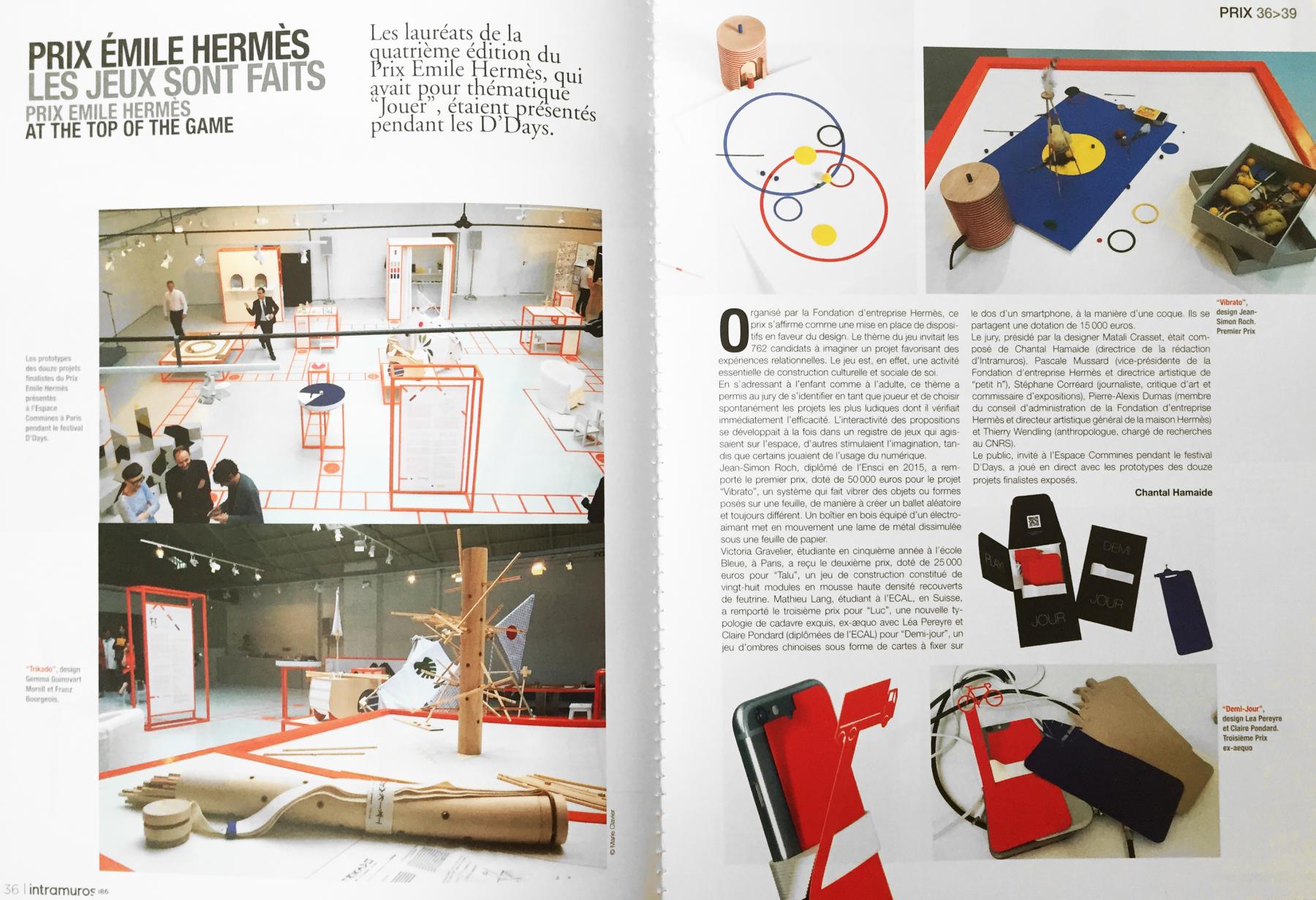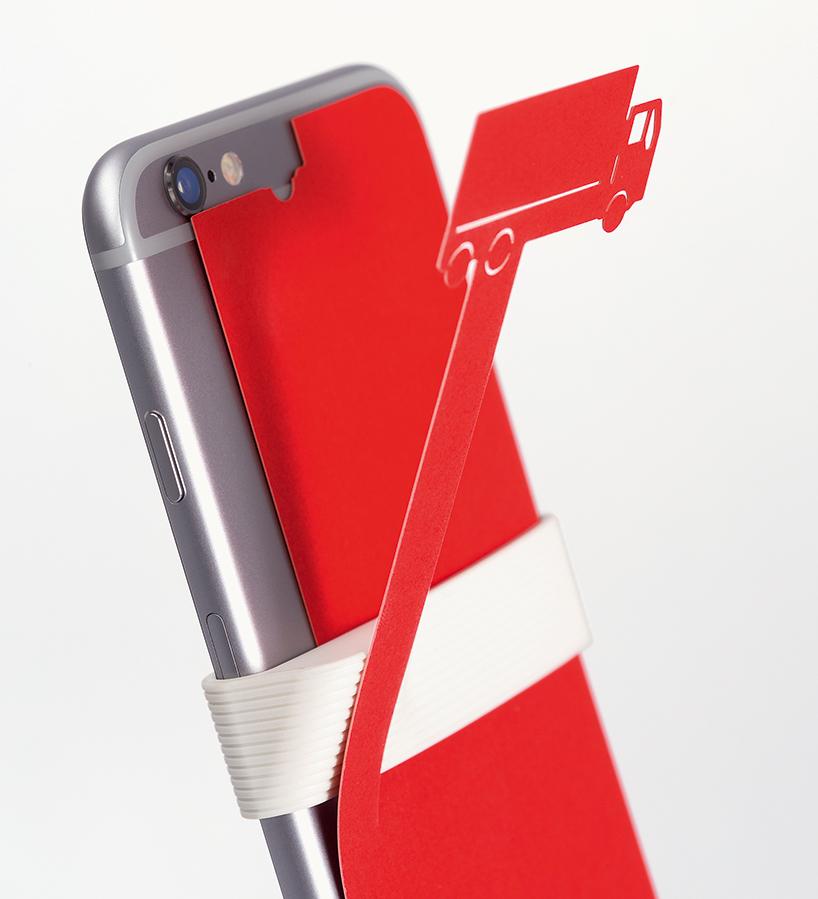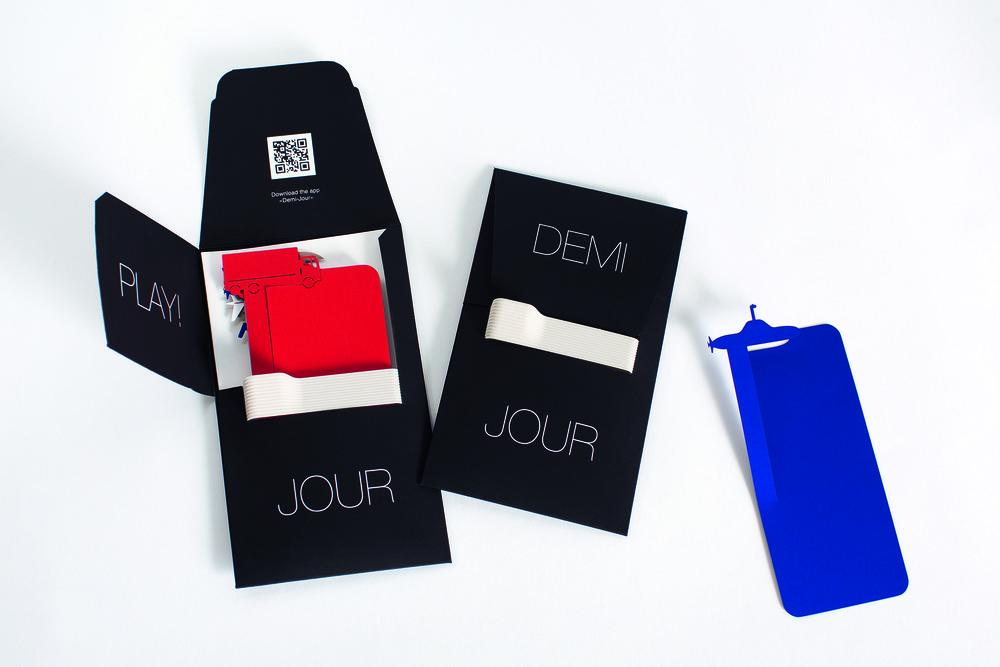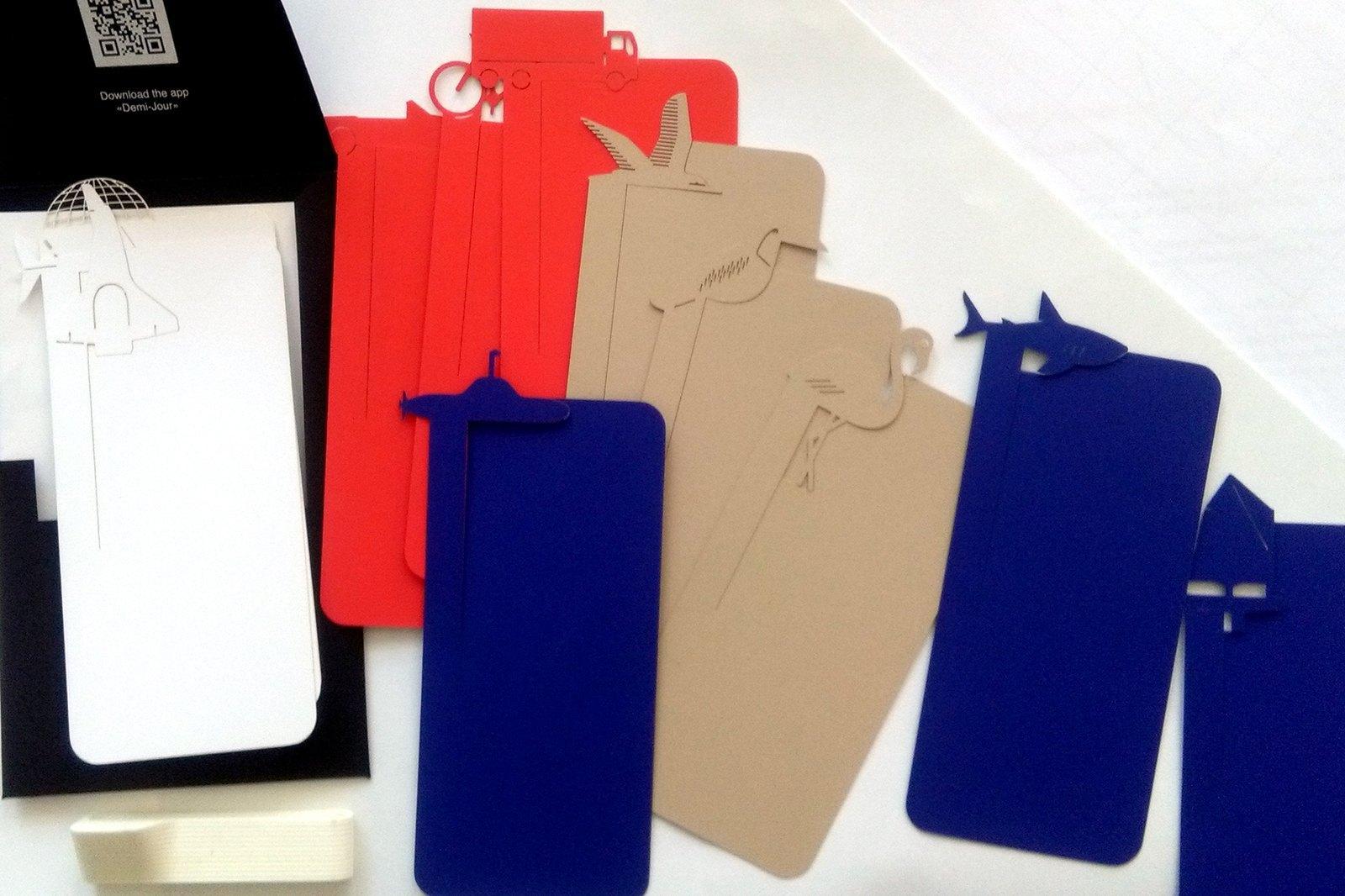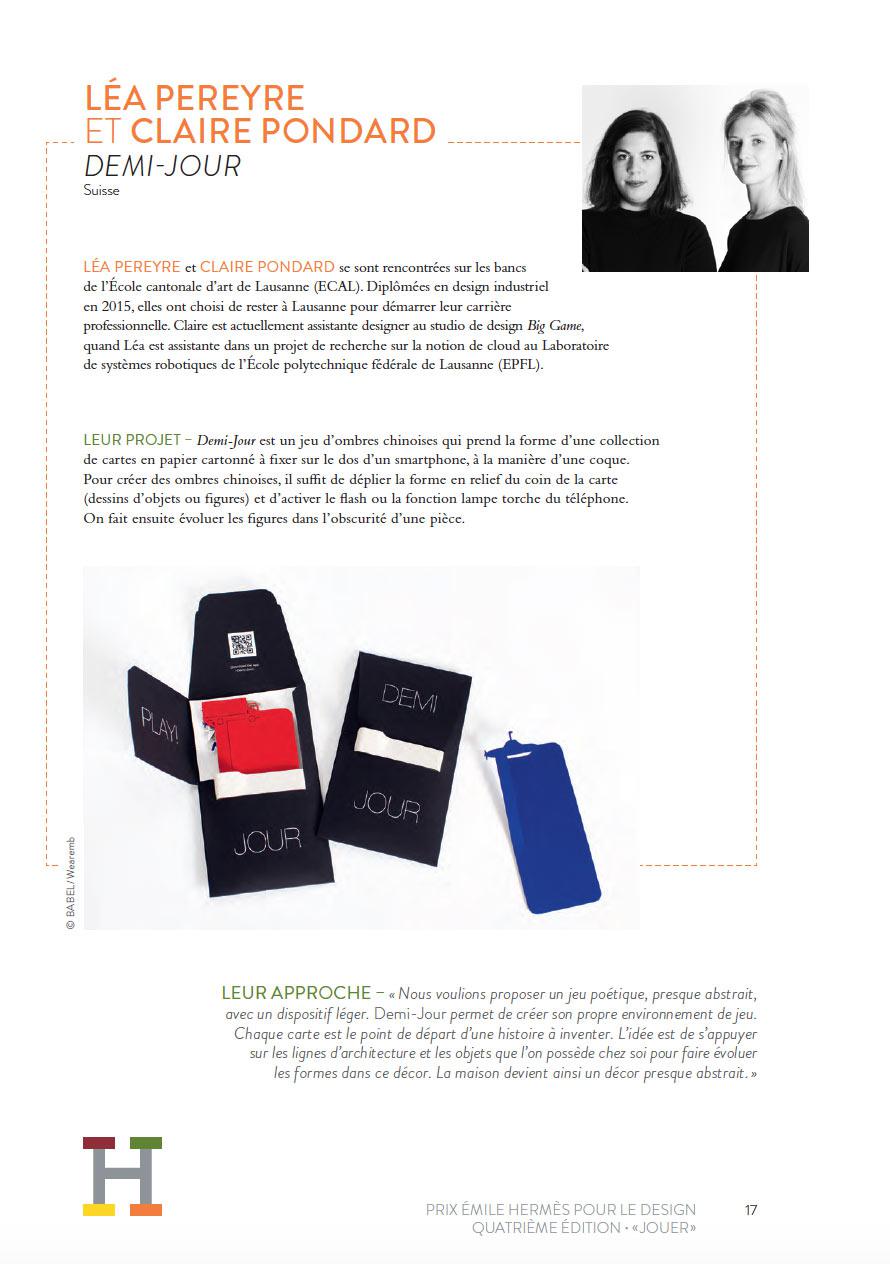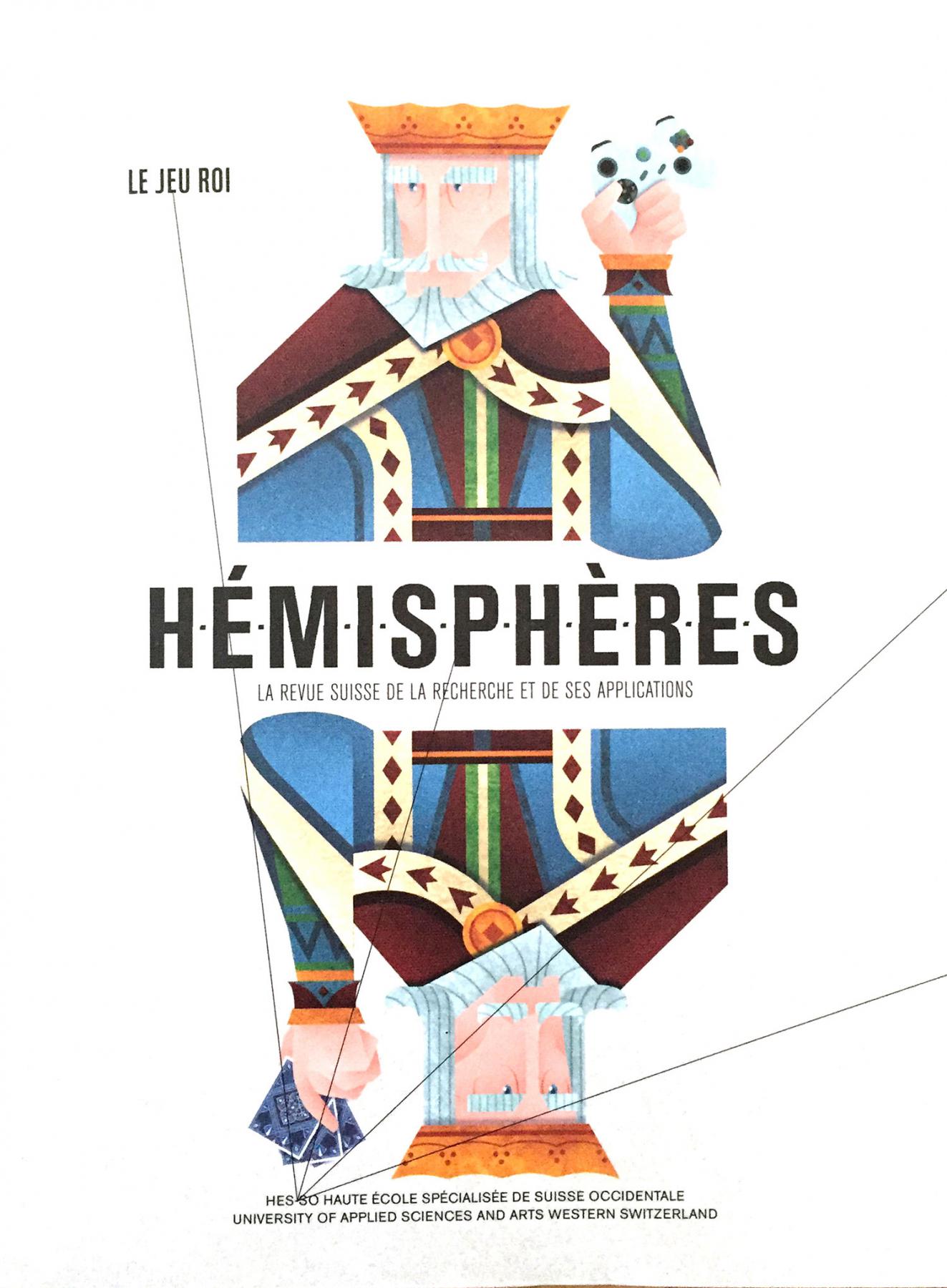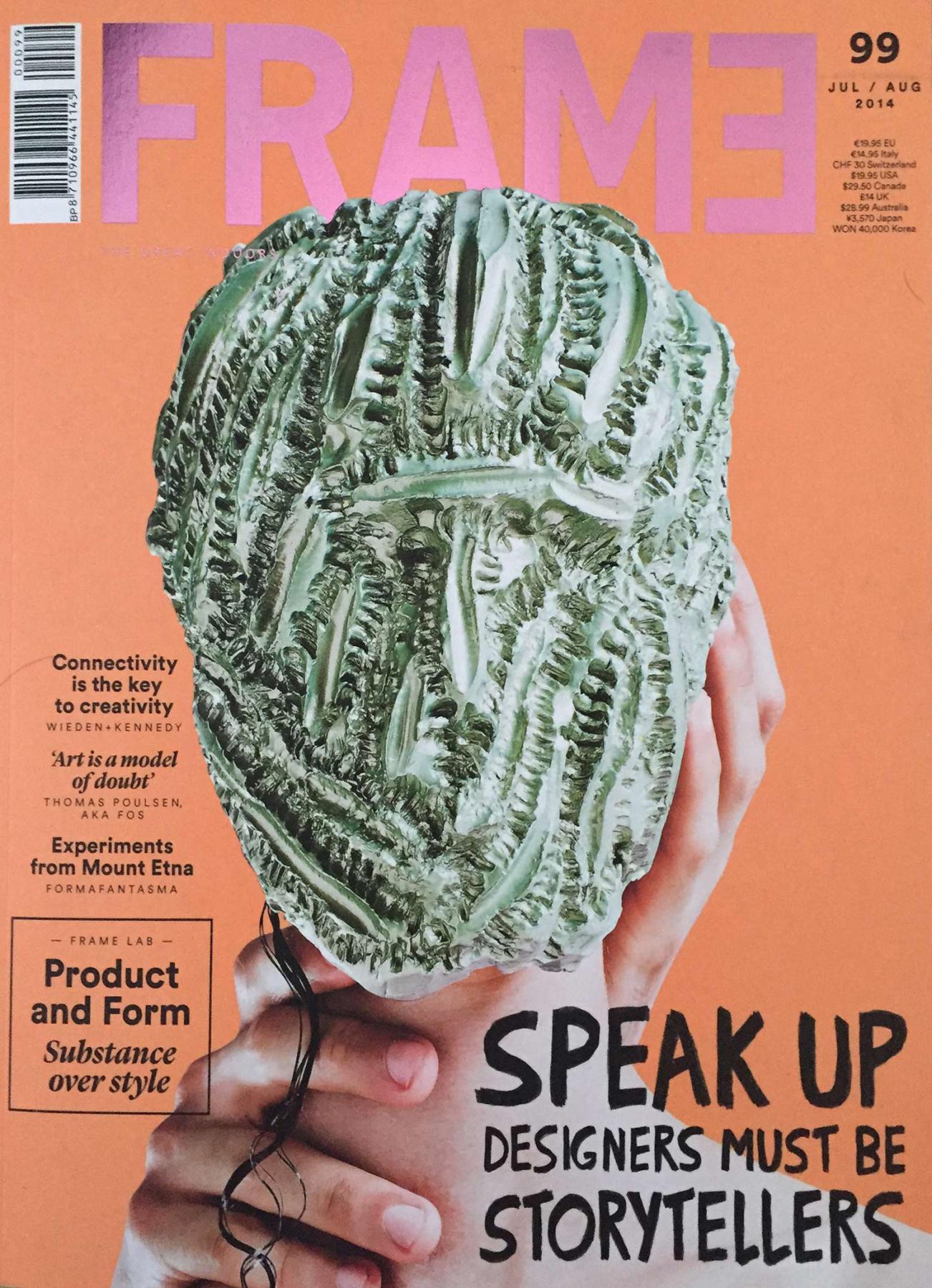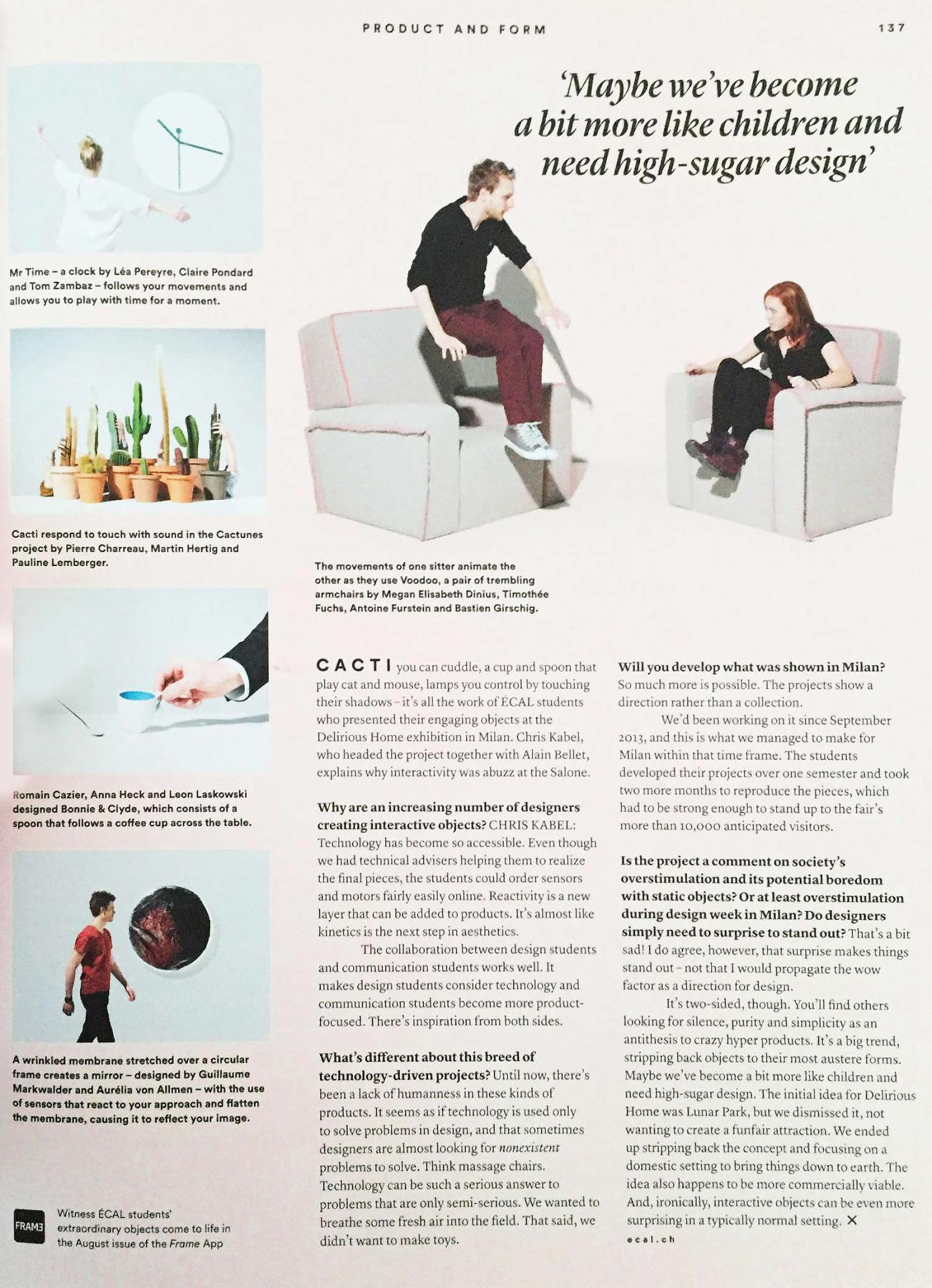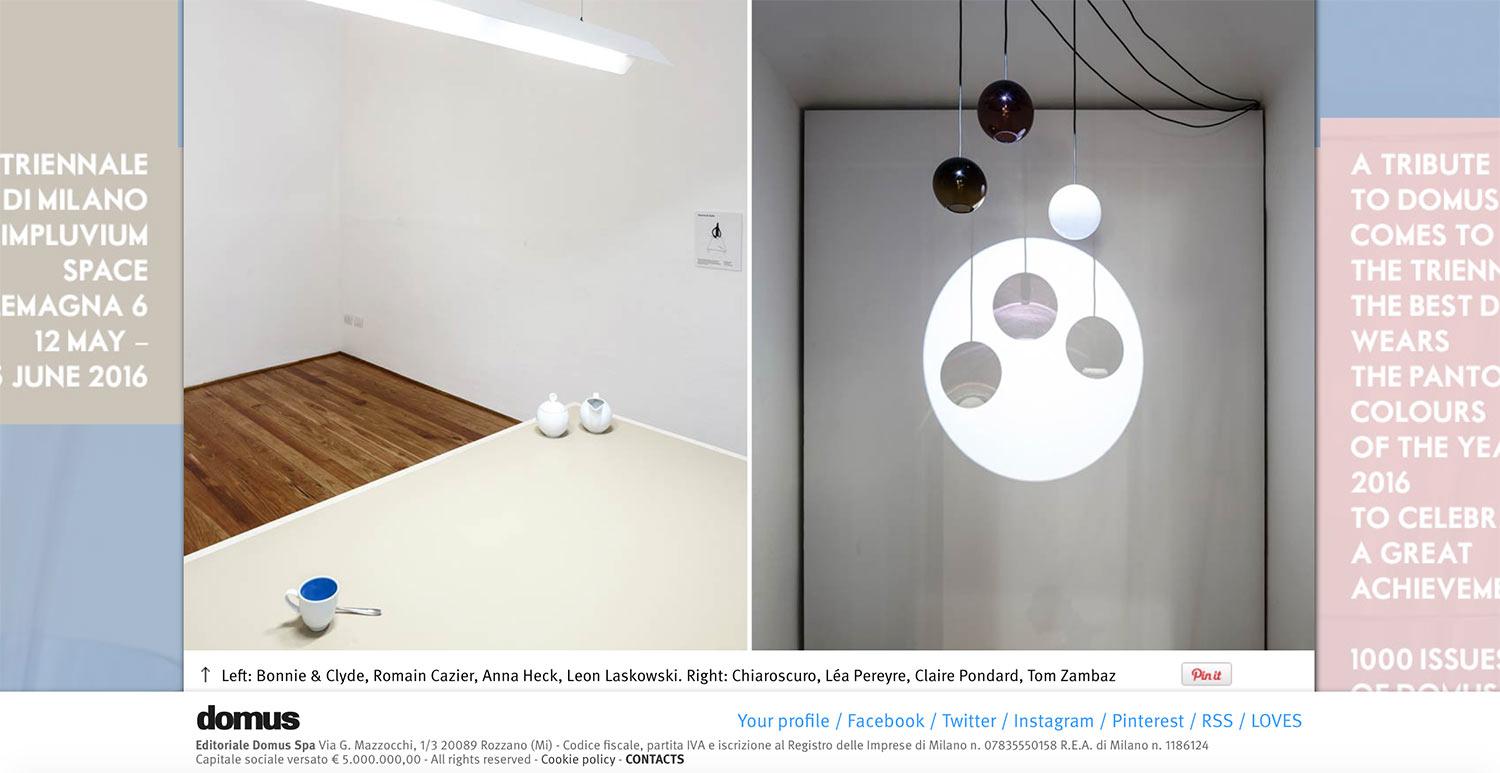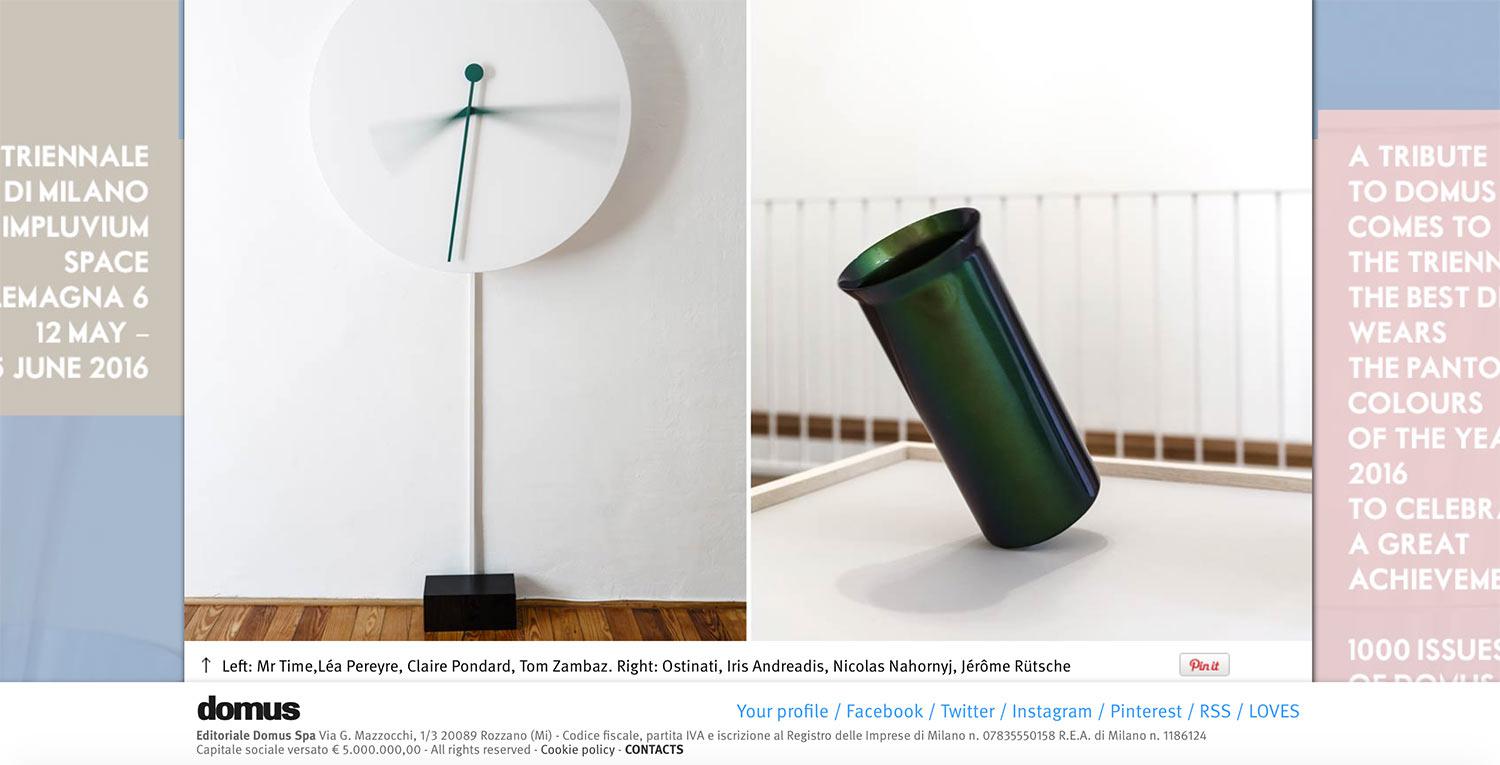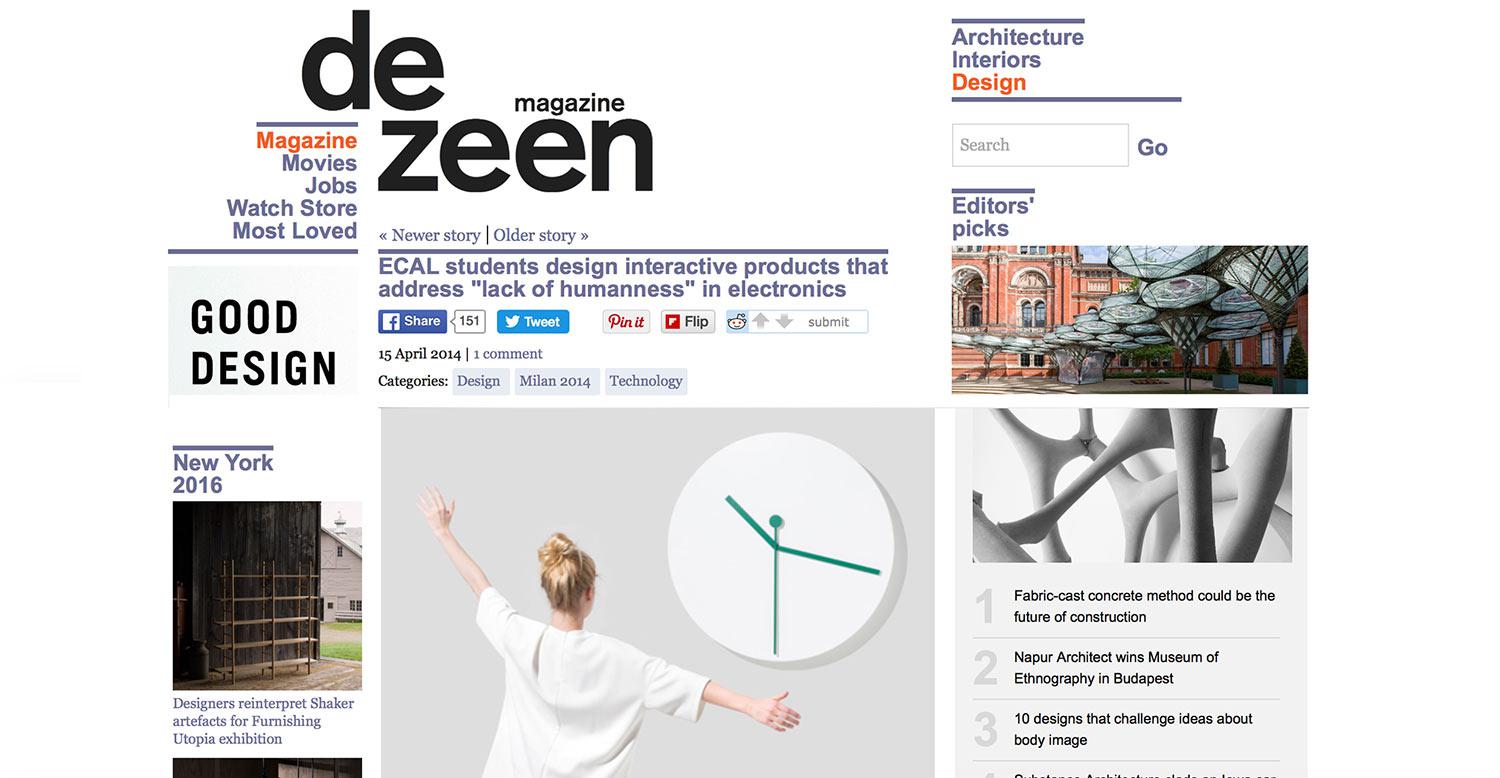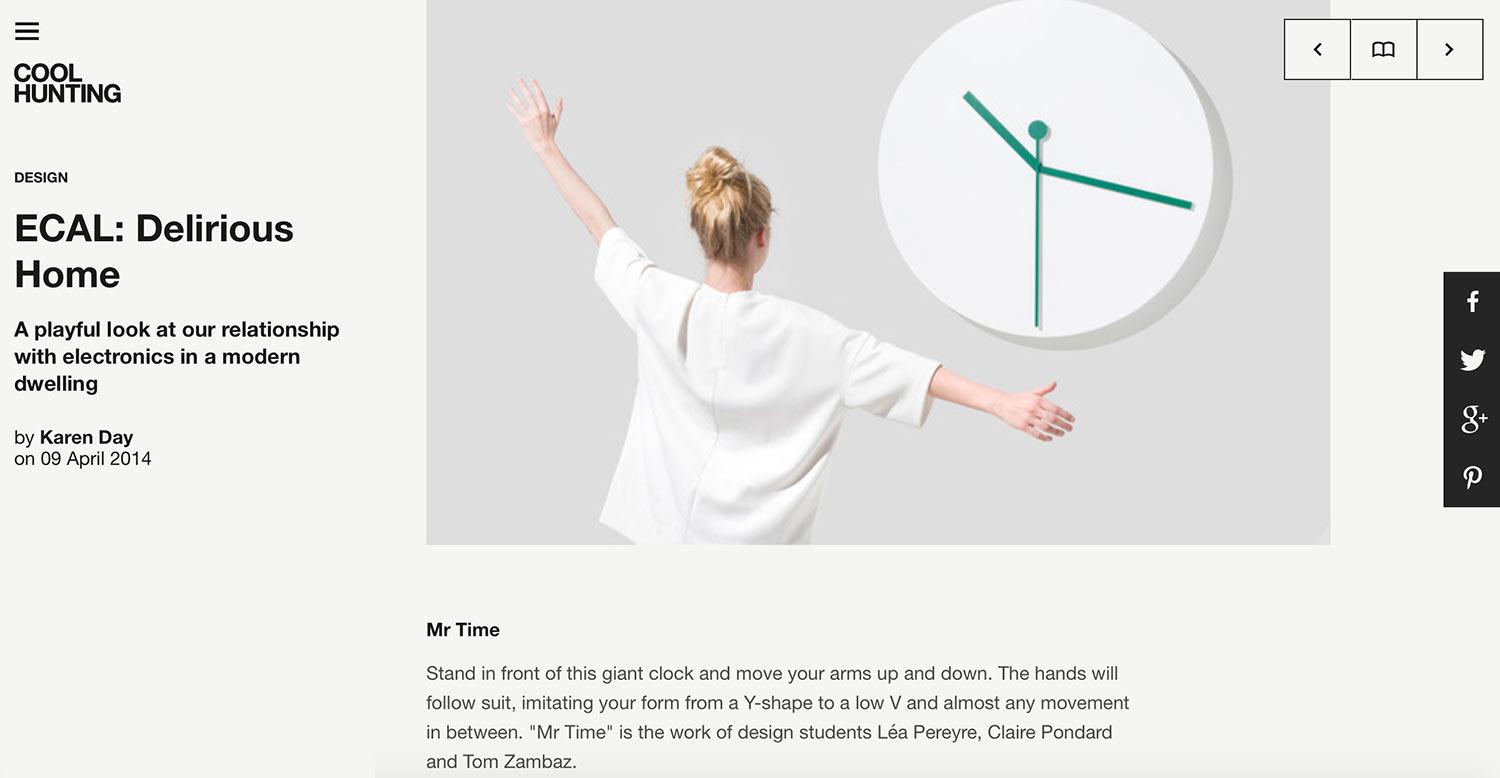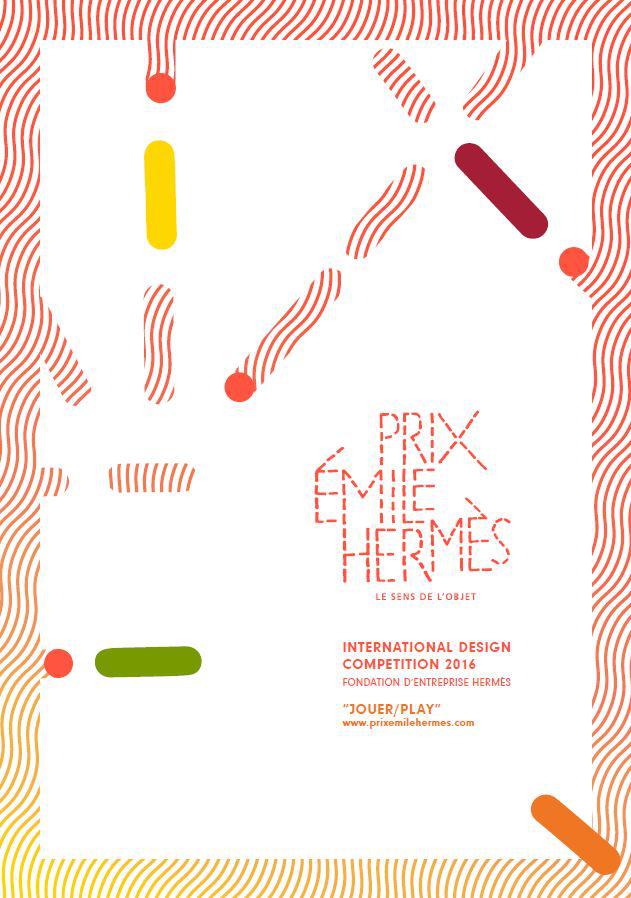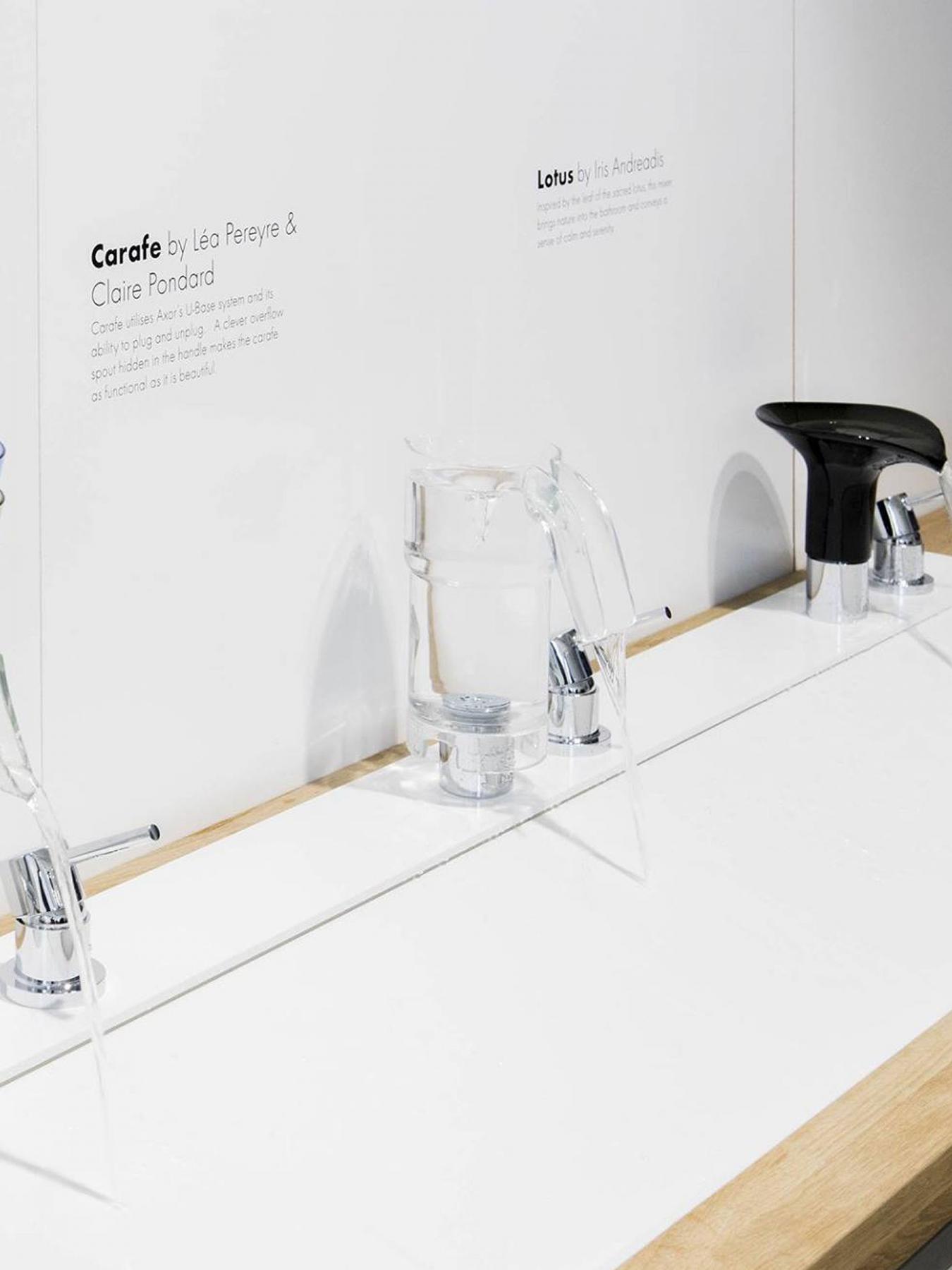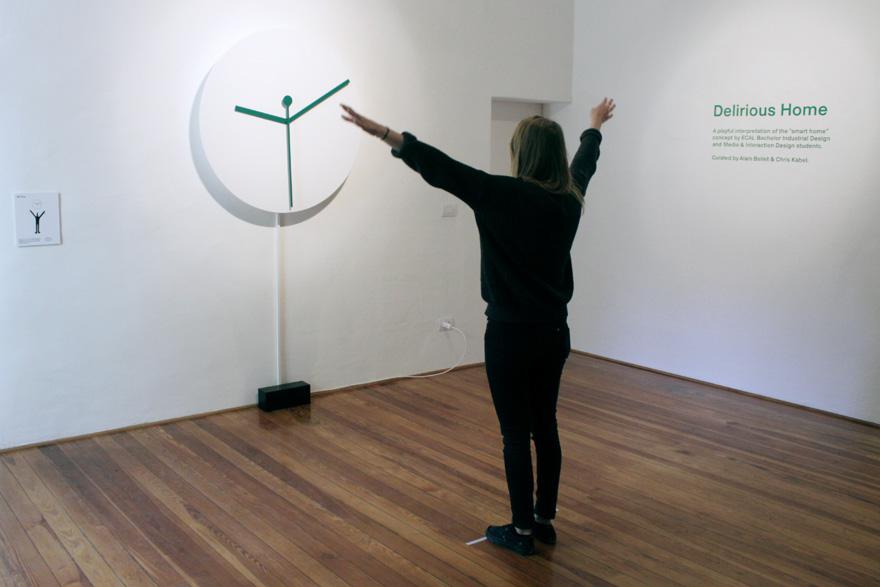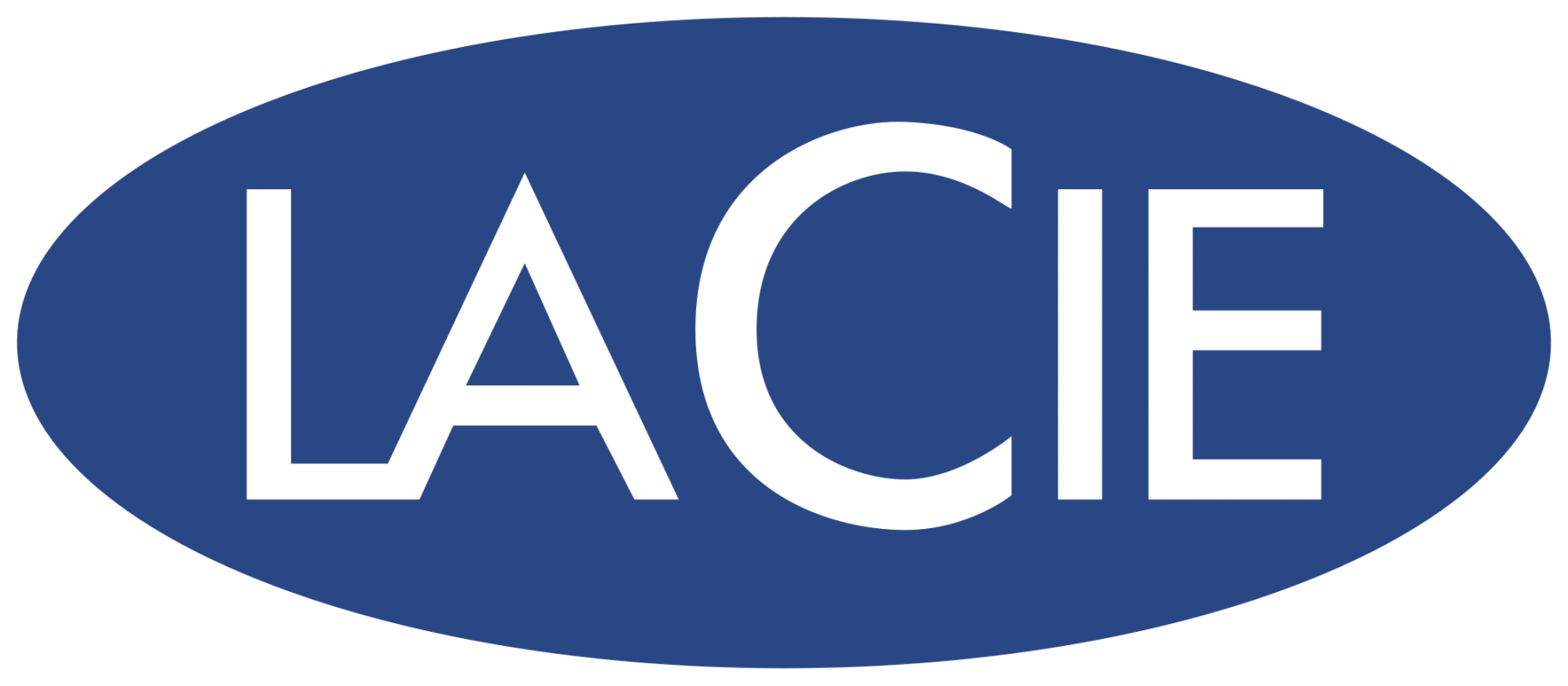Glass Forms in Nature
Art residency, CIRVA, Marseille, France
Glass blowers : Fernando Torre, David Veis, Cyrille Rocherieux et Lucie De Bodinat
Blown glass
Nature’s creativity makes it possible to go beyond its own biological rationality, and that of humankind, to formulate pure expressions of artistic freedom. The inclination of the living world to organise itself into recurring structures and sometimes flattering combinations, using the repetition of simple and complex patterns, is an invitation to an aesthetic experience. In this way, nature can be art, just as art can be a discourse on humans’ sensual relationship with nature. Following in the footsteps of Ernst Haeckel (1834-1919), who highlighted the ability of biological organisms to tend towards the sublime, Léa Pereyre, Claire Pondard and Cirva have created the Glass Forms in Nature project.The organic-inspired vases resulting from this collaboration in turn question the relationship between objects and design to nature. These pieces seek to capture the essence of what makes up the living world, to understand the codes structuring it. Thanks to the interplay of shapes, colours, reflections and transparencies, the vases seem to belong to the living world. Their abstract bodies evoke their inner feelings and intuitions.Grouped together, these vases instinctively arrange themselves to make organisms live side by side. This research forms a corpus that needs to be scientifically documented and listed. Like a cabinet of curiosities, the creatures exhibited here come with fragments of their creation and glass scraps that bear witness to the evolutionary process that brought them to life.The organic sensuality that emerges from these vases comes from the work of Cirva’s glassmakers. The relationship traditionally encouraged by the institution, between the designers’ neutrality (or even unfamiliarity) with glass and the dedication of the craftspeople, for whom every request, however impractical, gives rise to experiments, provides the necessary conditions for capturing nature’s inventive fluidity. The vases emerged, not from previously determined lines, but from the expression of the glassmakers’ skills. The extreme malleability of the material allowed us to reflect on the structures and life of the pieces. Just as shapes and patterns are created in nature, these are born of the movements of the craftspeople, of their bodies and their breath. Organic collaboration and natural gestures have set the rhythm that allowed the vase- creatures to emerge at the end of the blowpipe.The vases, which came to life almost spontaneously, offer a new perspective on the creative and aesthetic power of nature. They show the extent to which human sensuality, the gestures of the body, the breath and the eye, allow for the repetitions of patterns, micro-organic structures or unknown but familiar surfaces to go beyond their biological utility and reach the sublime – from the abyss to light. Text credits: Auguste Bertholet
Glass Forms in Nature
Art residency, CIRVA, Marseille, France
Glass blowers : Fernando Torre, David Veis, Cyrille Rocherieux et Lucie De Bodinat
Blown glass
Nature’s creativity makes it possible to go beyond its own biological rationality, and that of humankind, to formulate pure expressions of artistic freedom. The inclination of the living world to organise itself into recurring structures and sometimes flattering combinations, using the repetition of simple and complex patterns, is an invitation to an aesthetic experience. In this way, nature can be art, just as art can be a discourse on humans’ sensual relationship with nature. Following in the footsteps of Ernst Haeckel (1834-1919), who highlighted the ability of biological organisms to tend towards the sublime, Léa Pereyre, Claire Pondard and Cirva have created the Glass Forms in Nature project.The organic-inspired vases resulting from this collaboration in turn question the relationship between objects and design to nature. These pieces seek to capture the essence of what makes up the living world, to understand the codes structuring it. Thanks to the interplay of shapes, colours, reflections and transparencies, the vases seem to belong to the living world. Their abstract bodies evoke their inner feelings and intuitions.Grouped together, these vases instinctively arrange themselves to make organisms live side by side. This research forms a corpus that needs to be scientifically documented and listed. Like a cabinet of curiosities, the creatures exhibited here come with fragments of their creation and glass scraps that bear witness to the evolutionary process that brought them to life.The organic sensuality that emerges from these vases comes from the work of Cirva’s glassmakers. The relationship traditionally encouraged by the institution, between the designers’ neutrality (or even unfamiliarity) with glass and the dedication of the craftspeople, for whom every request, however impractical, gives rise to experiments, provides the necessary conditions for capturing nature’s inventive fluidity. The vases emerged, not from previously determined lines, but from the expression of the glassmakers’ skills. The extreme malleability of the material allowed us to reflect on the structures and life of the pieces. Just as shapes and patterns are created in nature, these are born of the movements of the craftspeople, of their bodies and their breath. Organic collaboration and natural gestures have set the rhythm that allowed the vase- creatures to emerge at the end of the blowpipe.The vases, which came to life almost spontaneously, offer a new perspective on the creative and aesthetic power of nature. They show the extent to which human sensuality, the gestures of the body, the breath and the eye, allow for the repetitions of patterns, micro-organic structures or unknown but familiar surfaces to go beyond their biological utility and reach the sublime – from the abyss to light. Text credits: Auguste Bertholet
